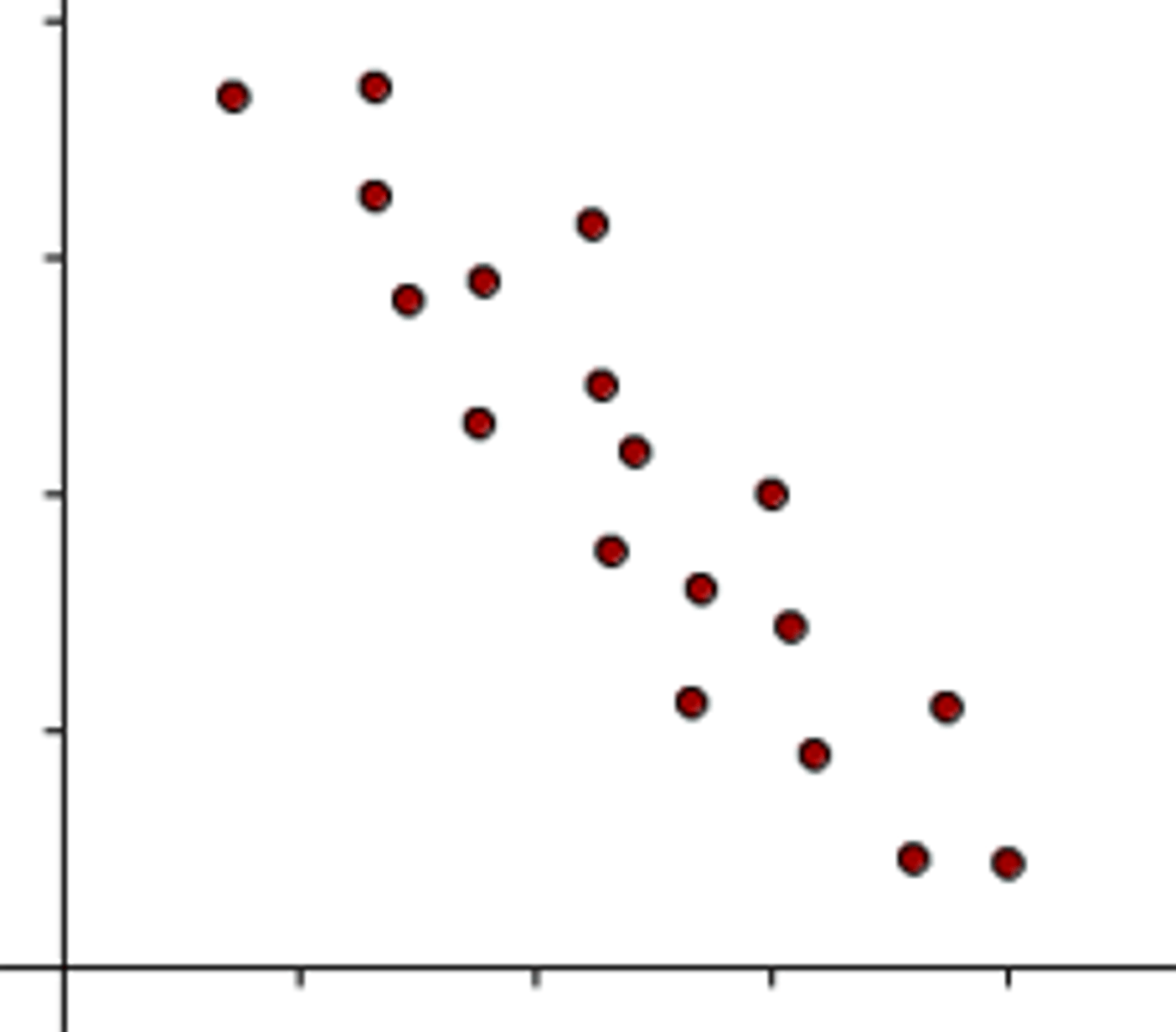AP Psychology Unit 1 - Research Methods NS
1/35
There's no tags or description
Looks like no tags are added yet.
Name | Mastery | Learn | Test | Matching | Spaced |
|---|
No study sessions yet.
36 Terms
Hindsight Bias
The tendency to believe, after learning an outcome, that one would have foreseen it. (Also known as the I-knew-it-all-along phenomenon.)
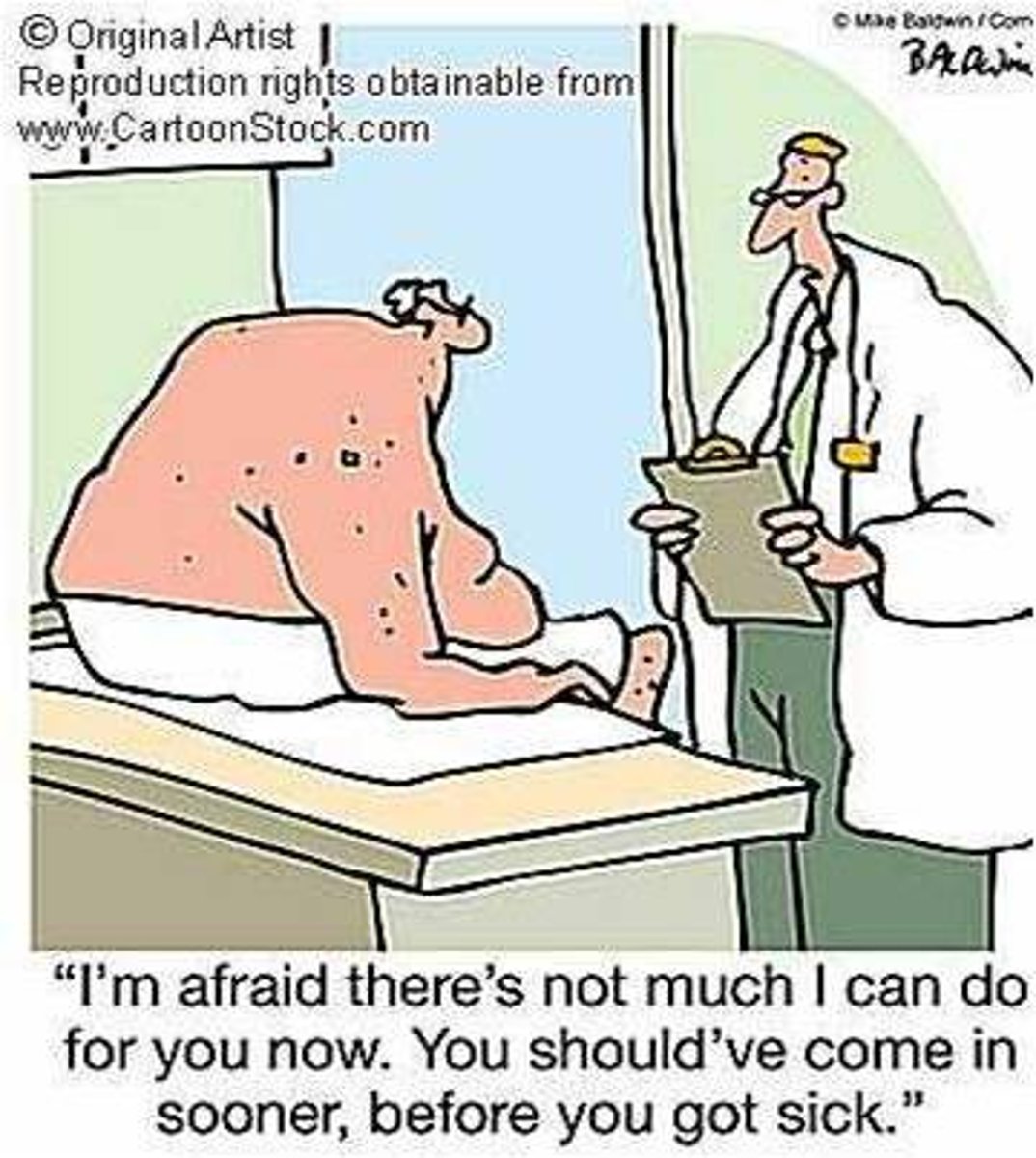
Critical Thinking
Thinking that does not blindly accept arguments and conclusions. Rather, it examines assumptions, discerns hidden values, evaluates evidence, and assesses conclusions.
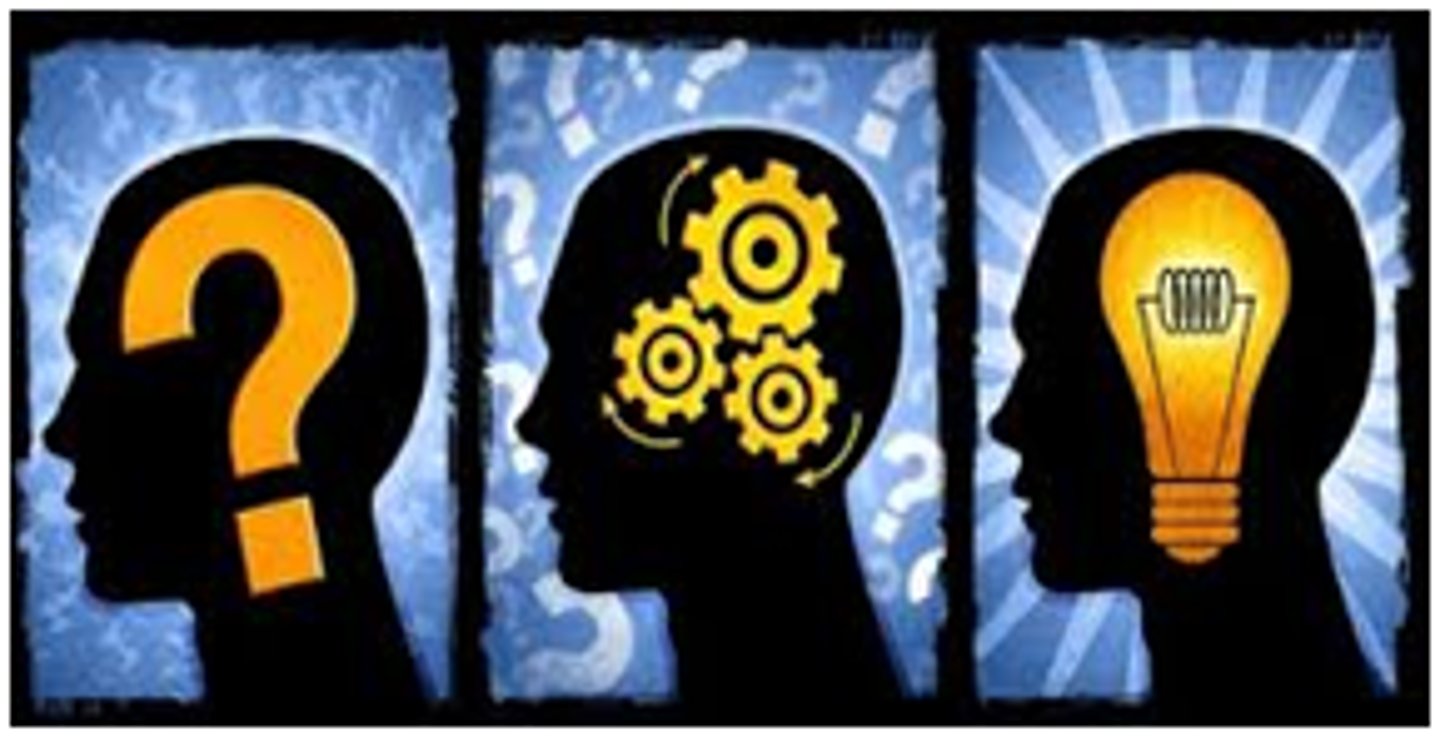
Theory
An explanation using an integrated set of principles that organizes observations and predicts behaviors or events.
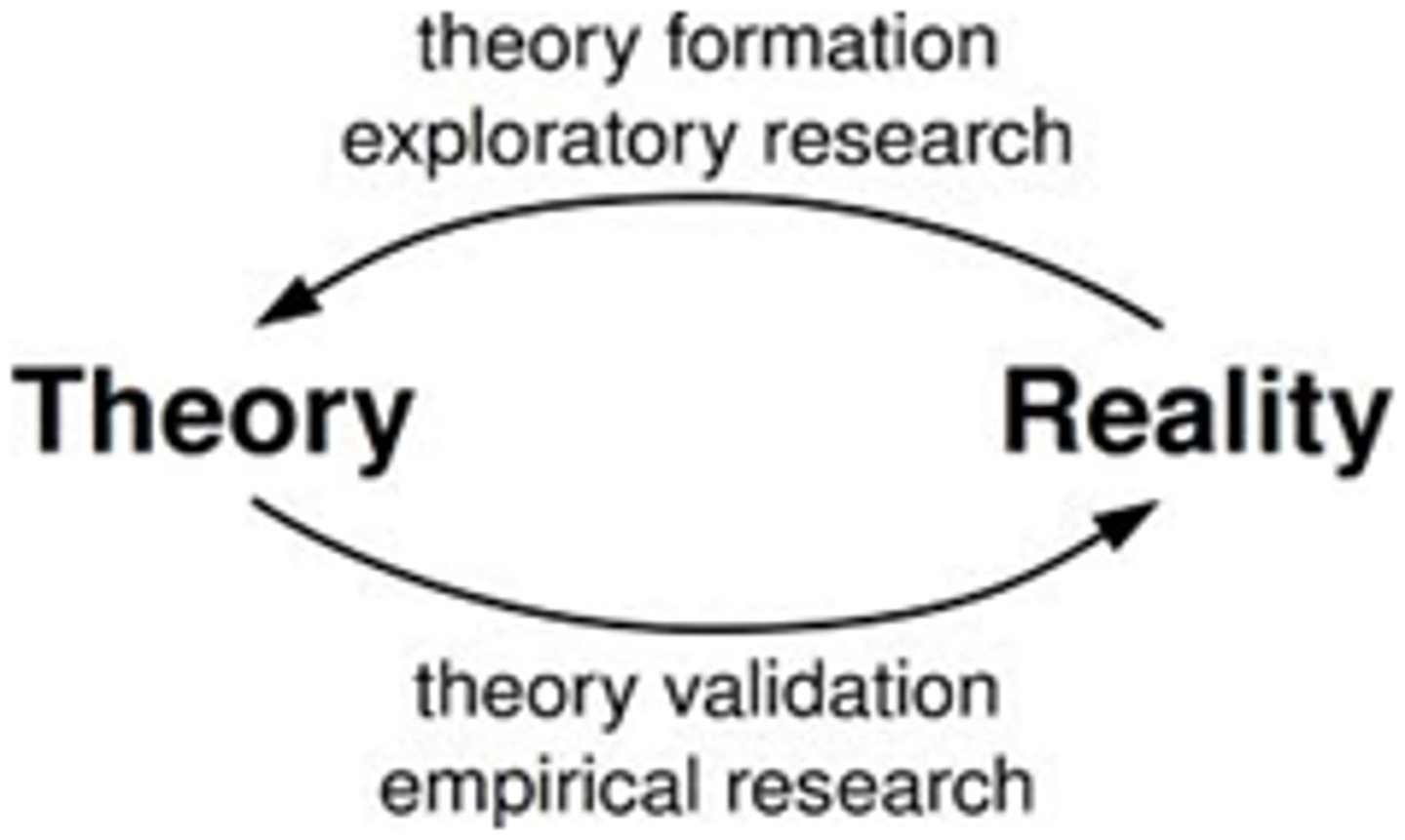
Hypothesis
A testable prediction, often implied by a theory.
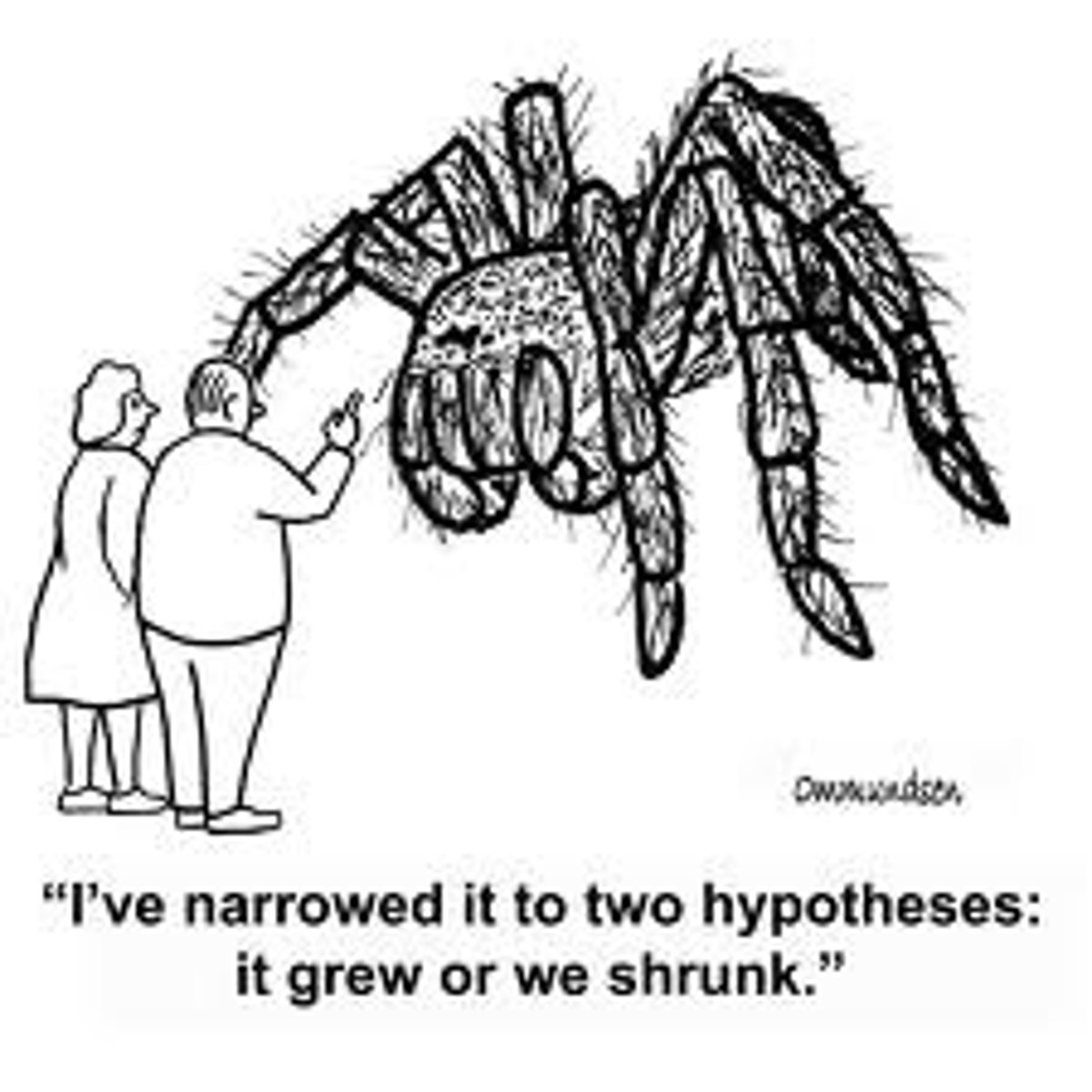
Operational Definition
A statement of the procedures (operations) used to define research variables.
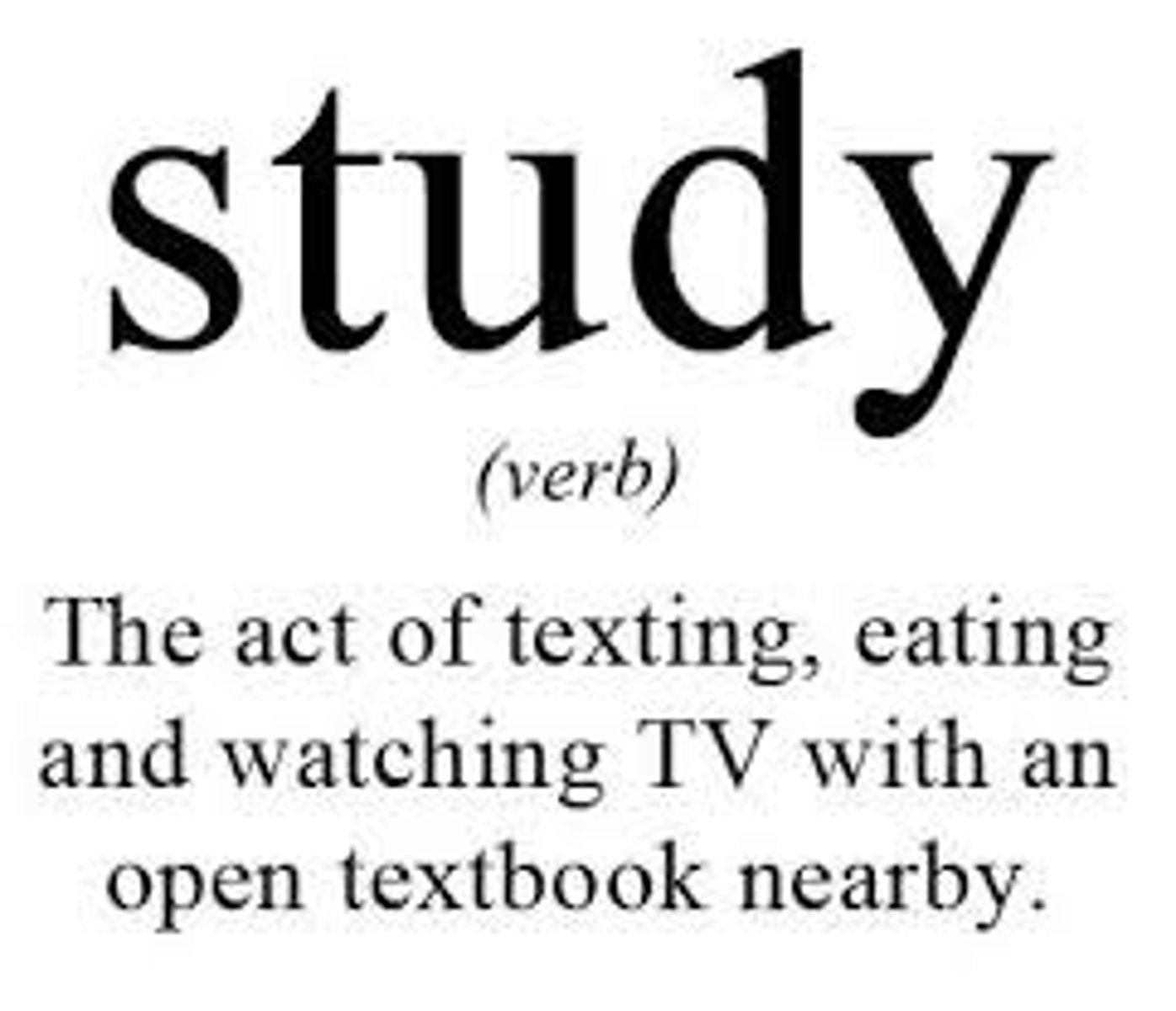
Replication
Repeating the essence of a research study, usually with different participants in different situations, to see whether the basic finding extends to other participants and circumstances.
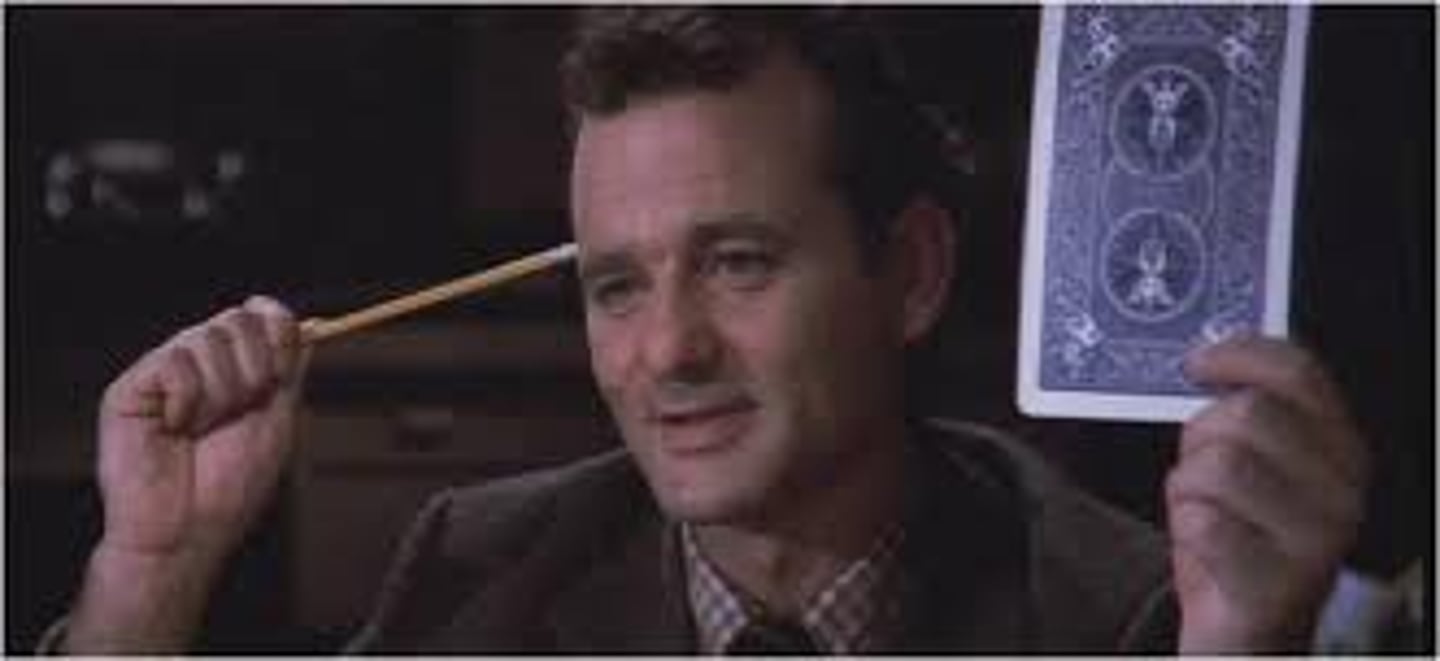
Case Study
An observation technique in which one person is studied in depth in the hope of revealing universal principles.
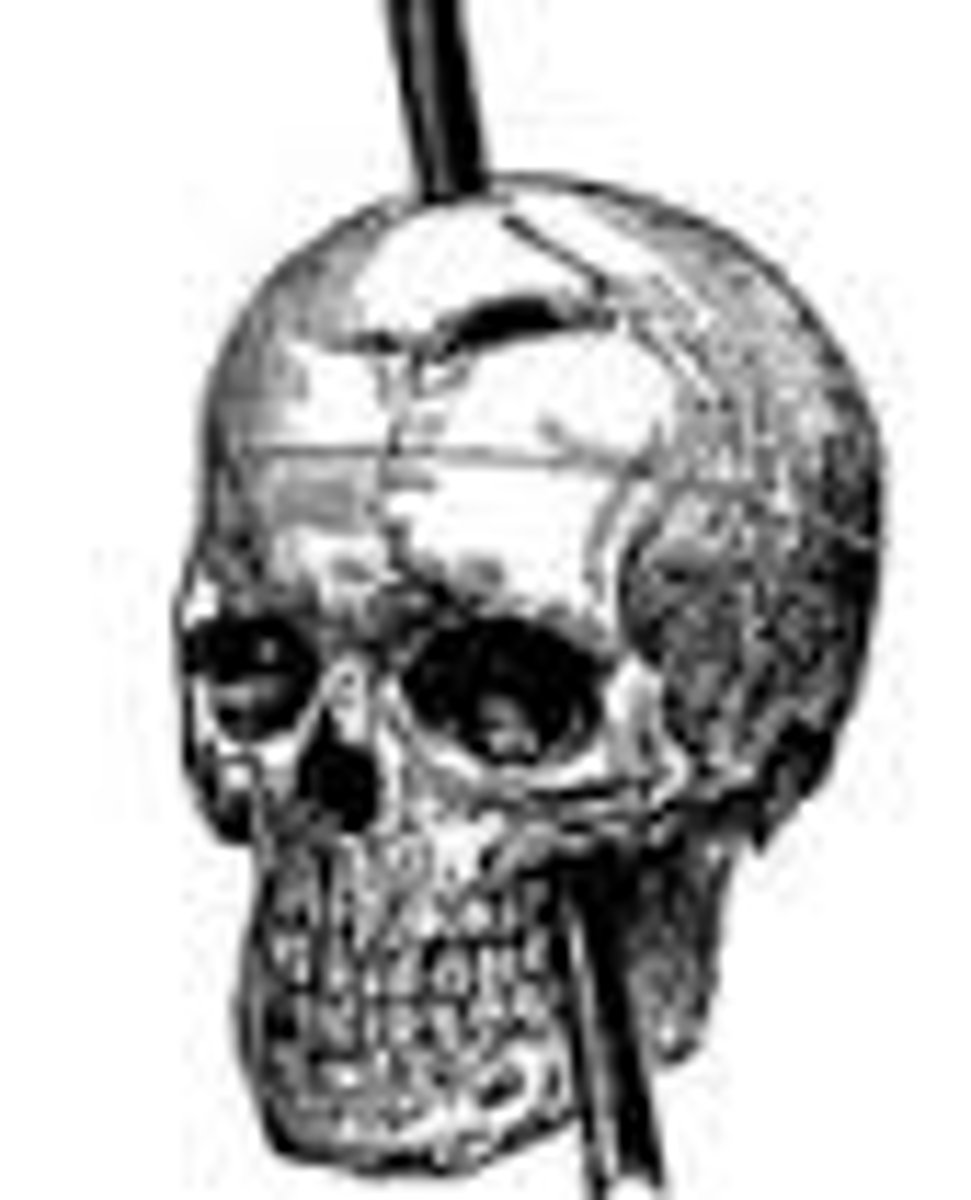
Survey
A technique for ascertaining the self-reported attitudes or behaviors of a particular group, usually by questioning a representative, random sample of the group.

Population
All the cases in a group being studied, from which samples may be drawn.

Random Sample
A sample that fairly represents a population because each member has an equal chance of inclusion.
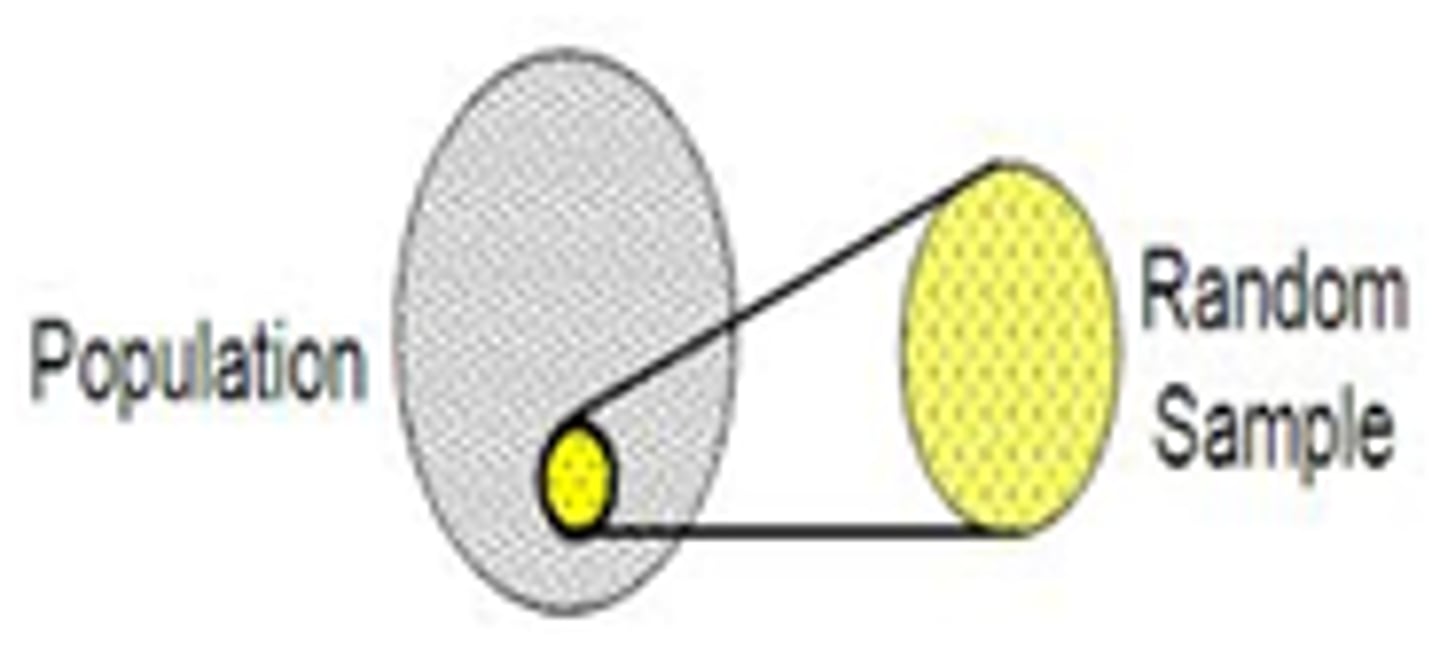
Naturalistic Observation
Observing and recording behavior in naturally occurring situations without trying to manipulate and control the situation.
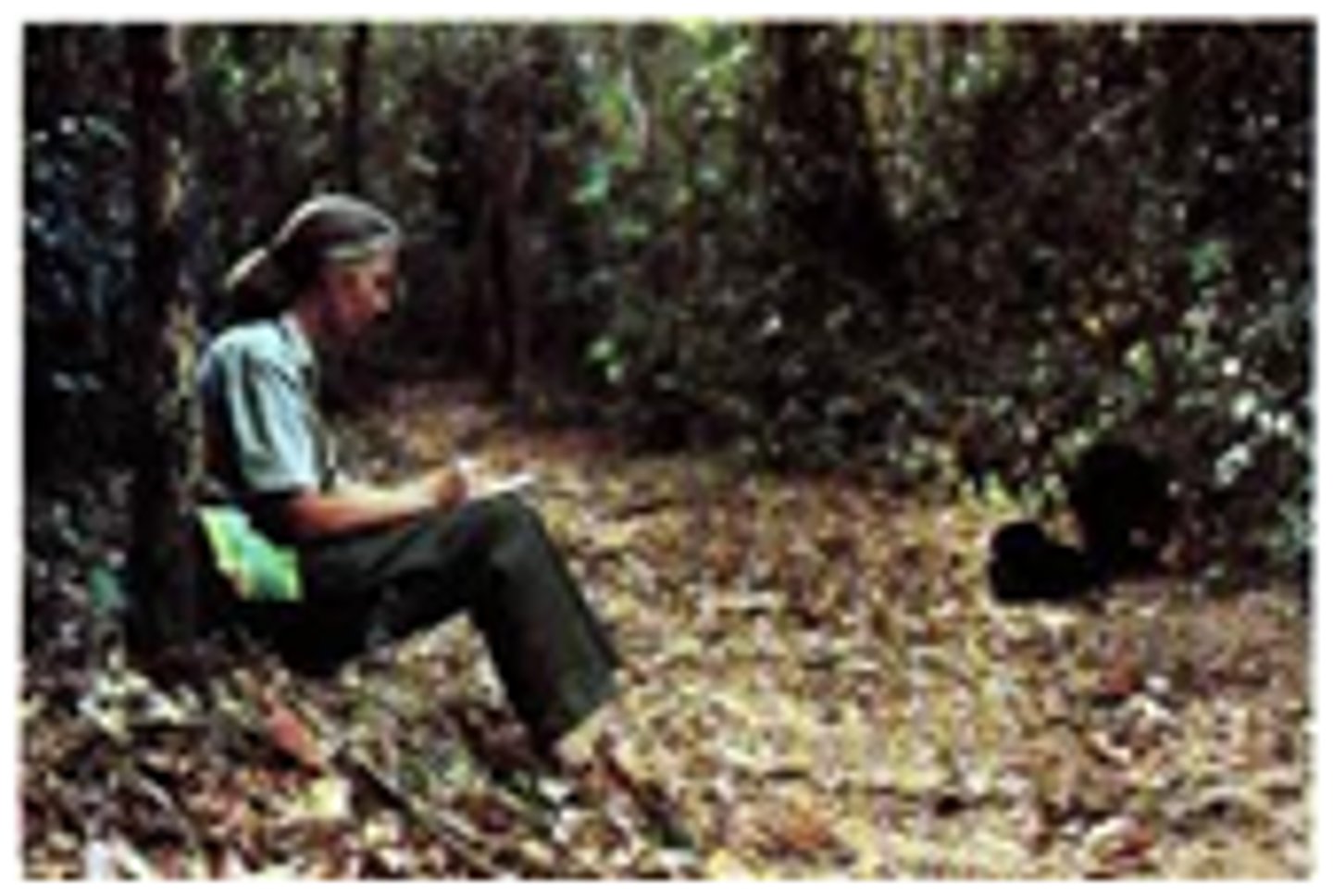
Correlation
A measure of the extent to which two factors vary together, and thus of how well either factor predicts the other.
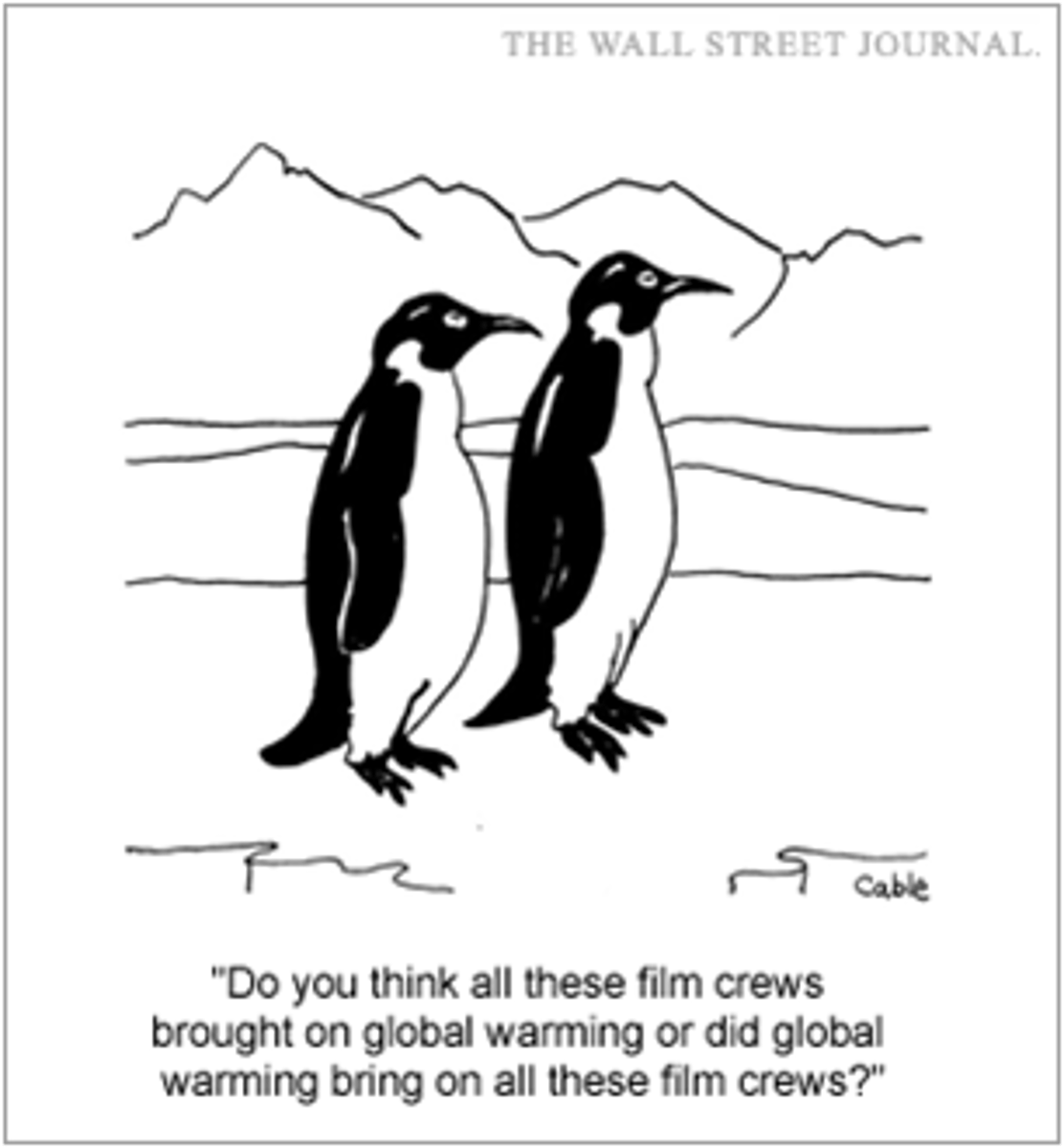
Correlation Coefficient
A statistical index of the relationship between two things (from -1 to +1).
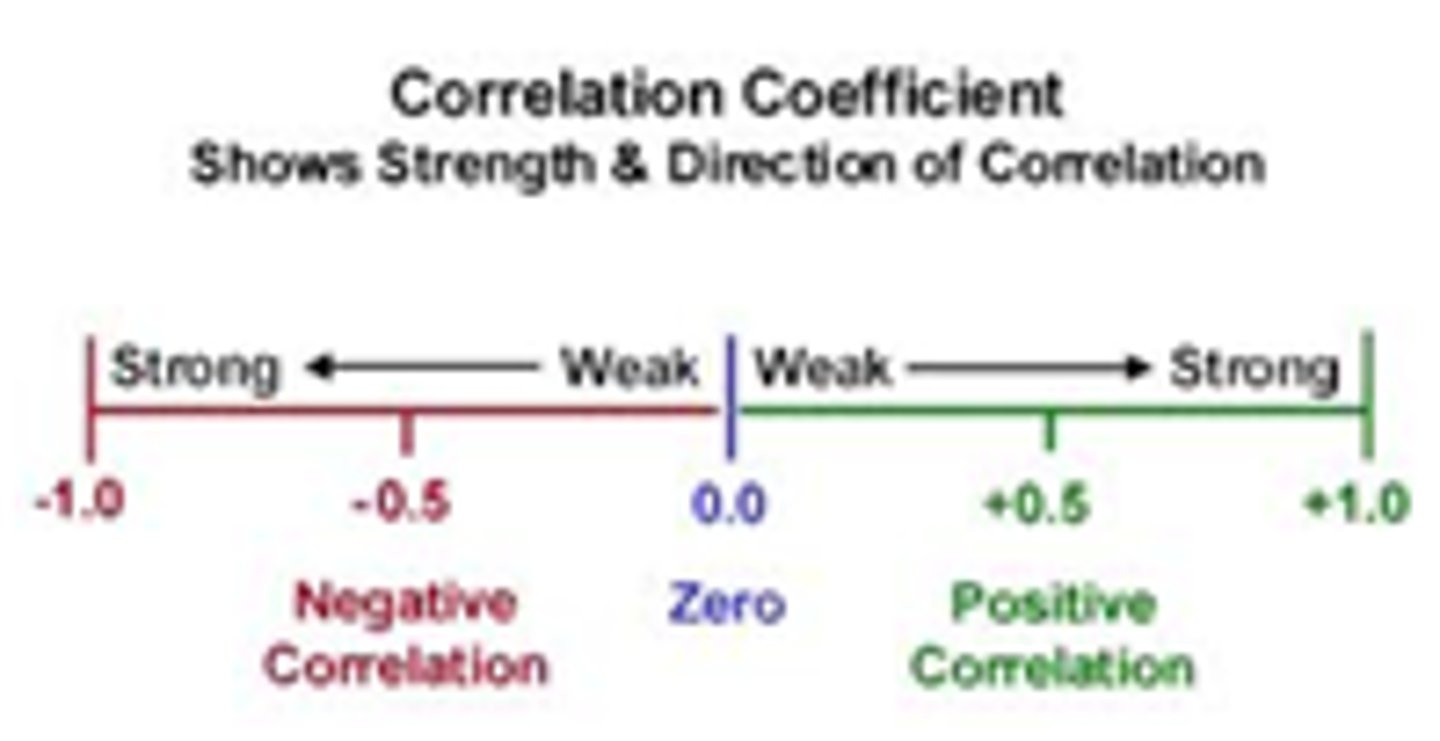
Scatterplot
A graphed cluster of dots, each of which represents the values of two variables. The slope of the points suggests the direction of the relationship between the two variables.
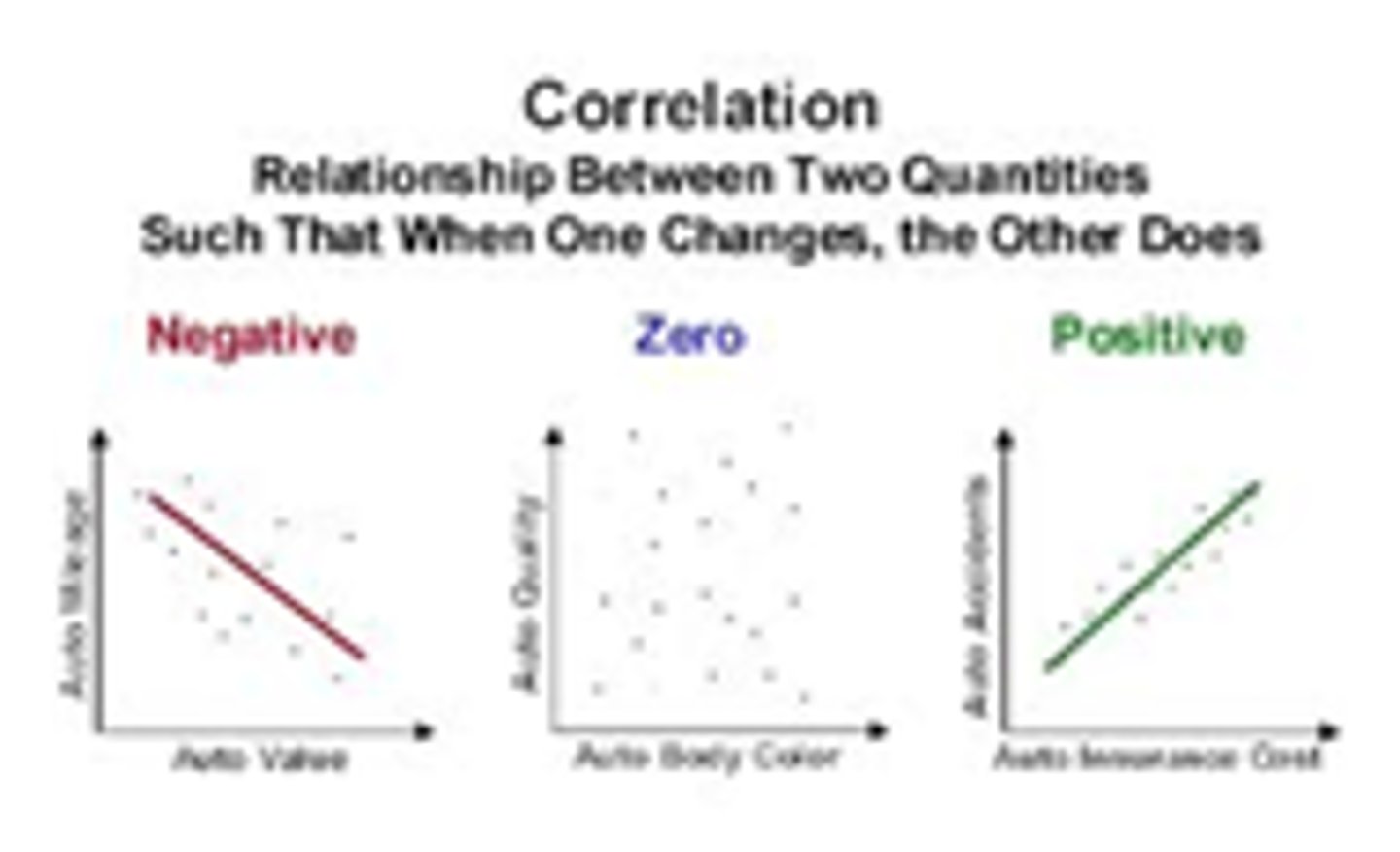
Illusory Correlation
The perception of a relationship where none exists.

Experiment
A research method in which an investigator manipulates one or more factors (independent variables) to observe the effect on some behavior or mental process (the dependent variable). By random assignment of participants, the investigator aims to control other relevant factors.
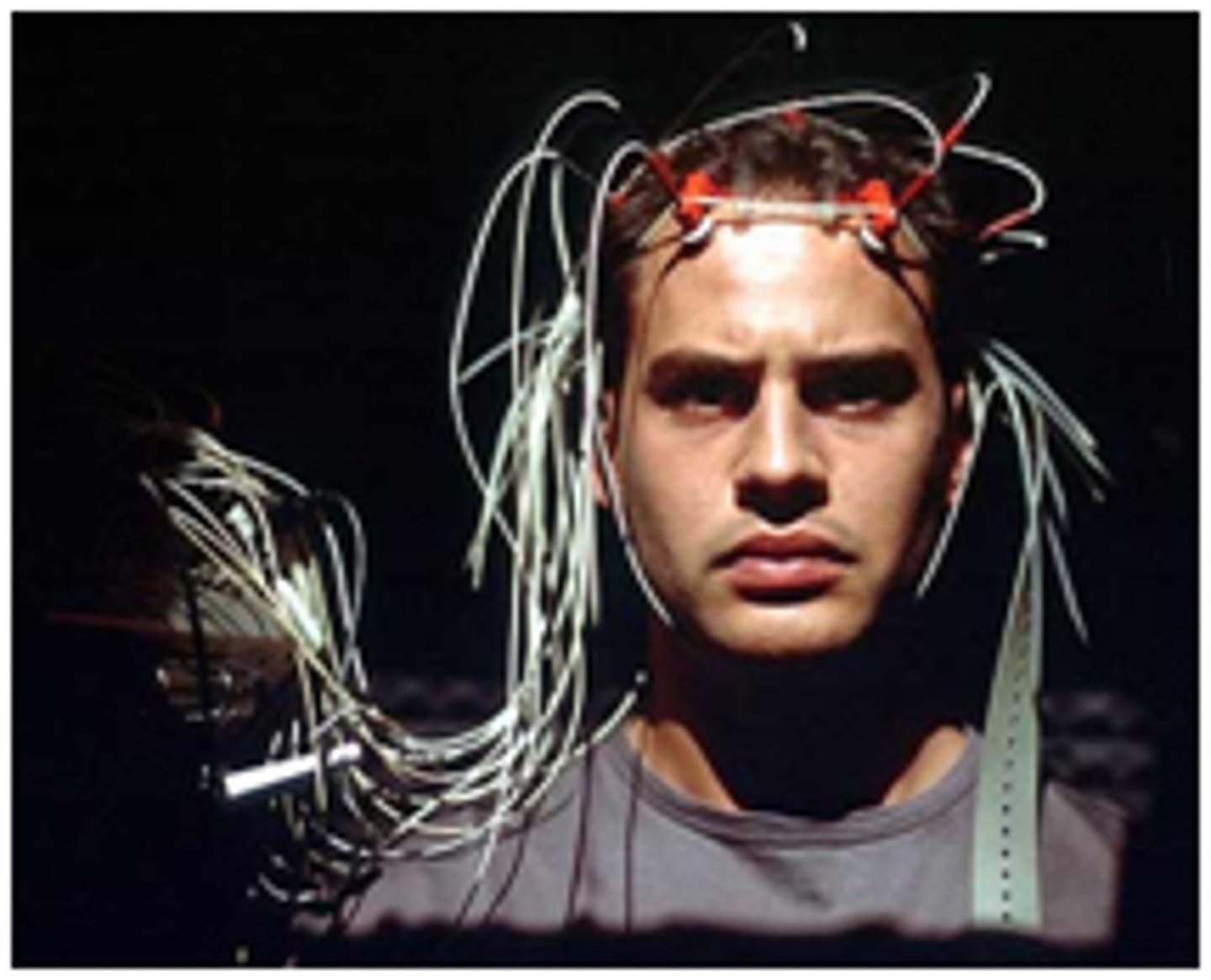
Random Assignment
Assigning participants to experimental and control groups by chance, thus minimizing preexisting differences between those assigned to the different groups.
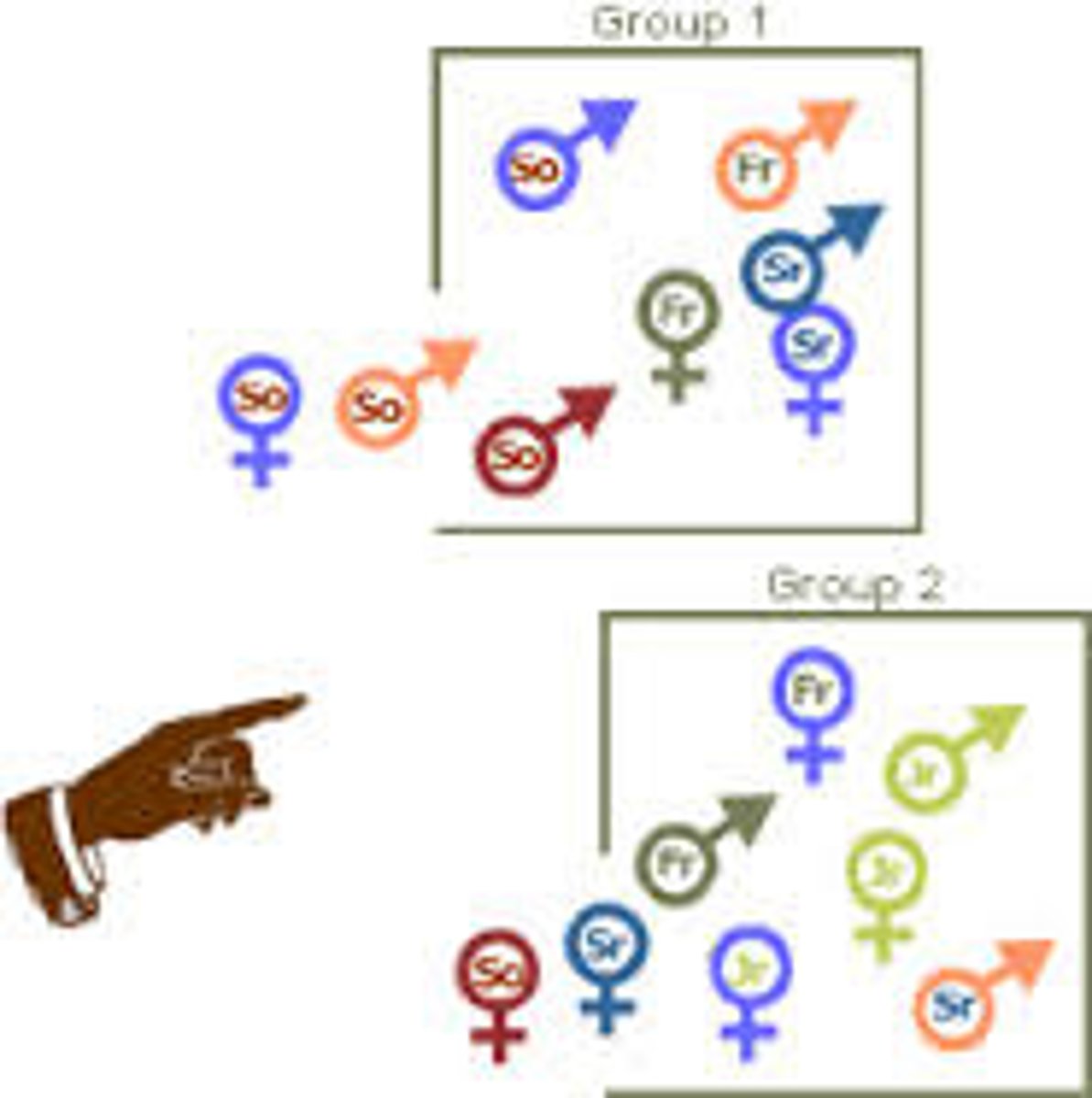
Double-Blind Procedure
An experimental procedure in which both the research participants and the research staff are ignorant (blind) about whether the research participants have received the treatment or a placebo. Commonly used in drug-evaluation studies.

Placebo Effect
Experimental results caused by expectations alone; any effect on behavior caused by the administration of an inert substance or condition, which the recipient assumes is an active agent.
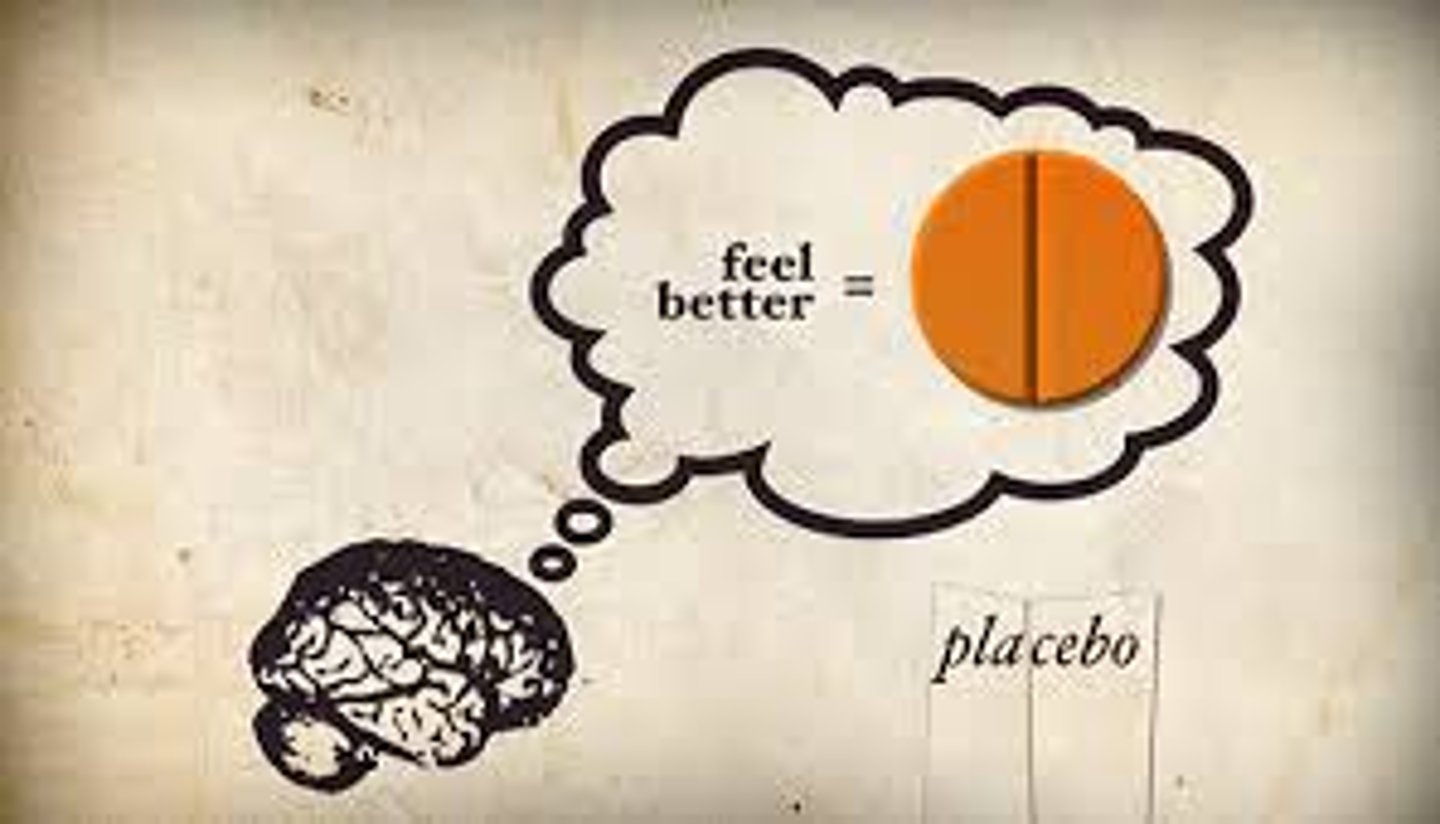
Experimental Group
In an experiment, the group that is exposed to the treatment, that is, to one version of the independent variable.
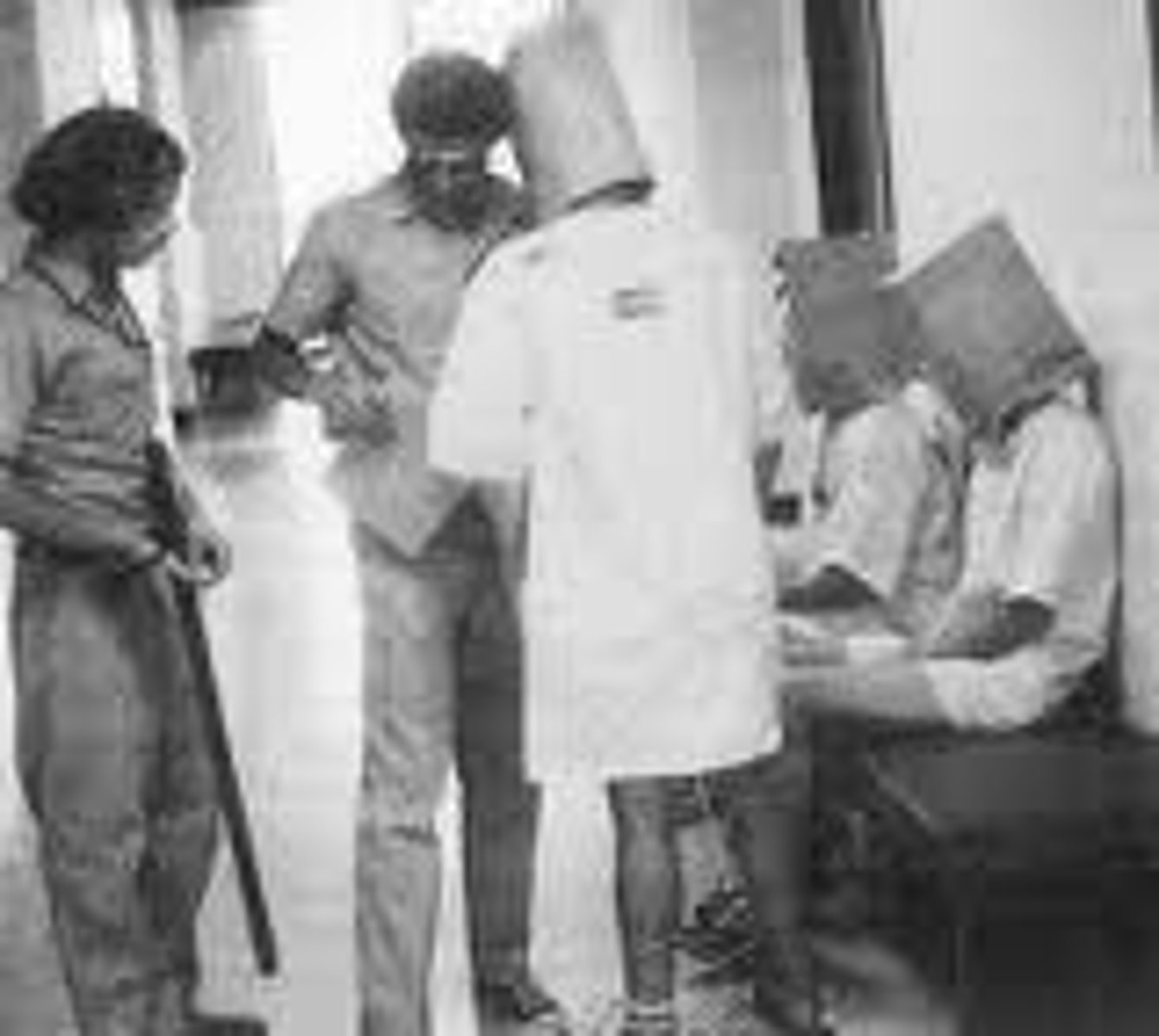
Control Group
In an experiment, the group that is not exposed to the treatment; contrasts with the experimental group and serves as a comparison for evaluating the effect of the treatment.
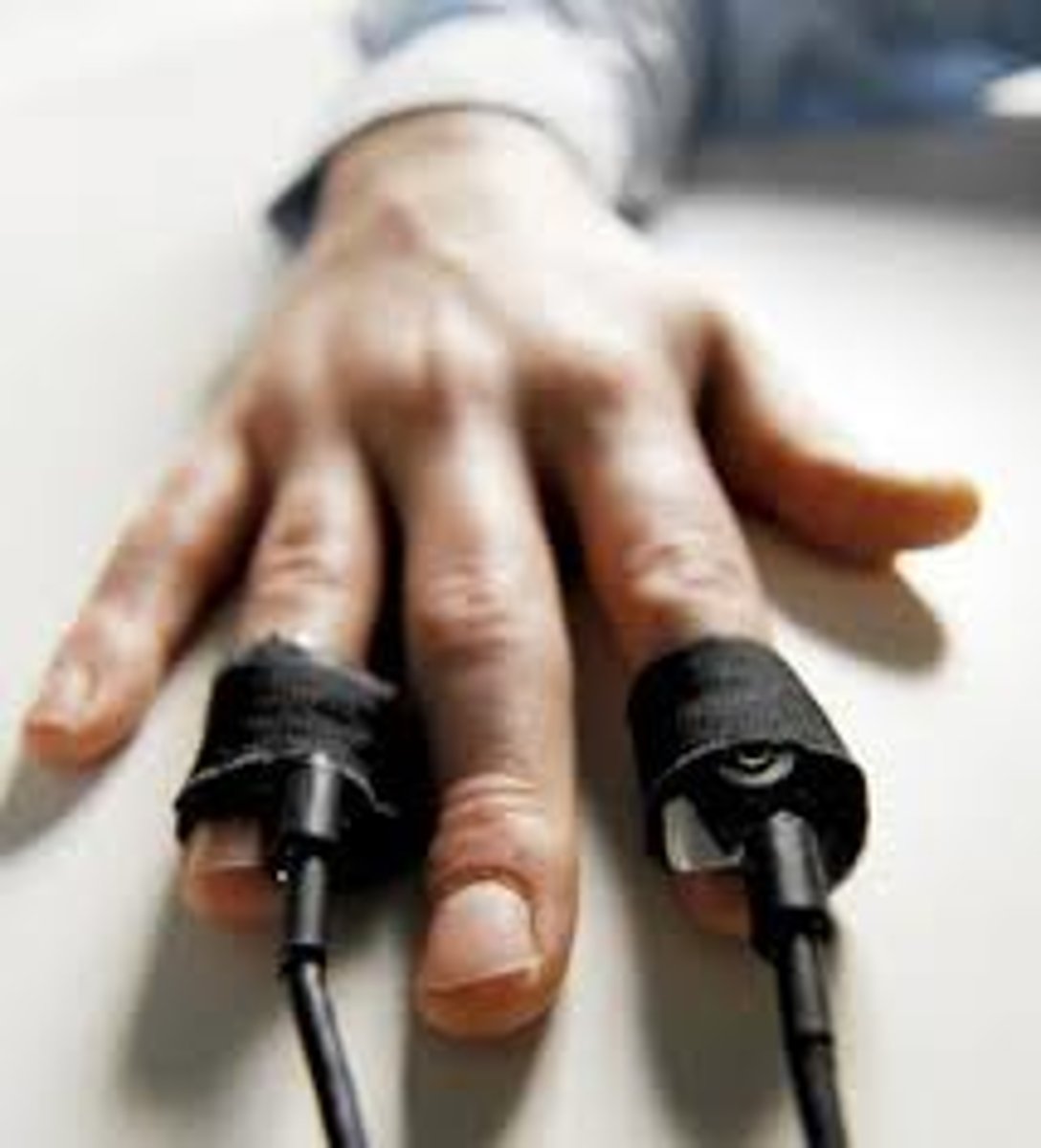
Independent Variable
The experimental factor that is manipulated; the variable whose effect is being studied.
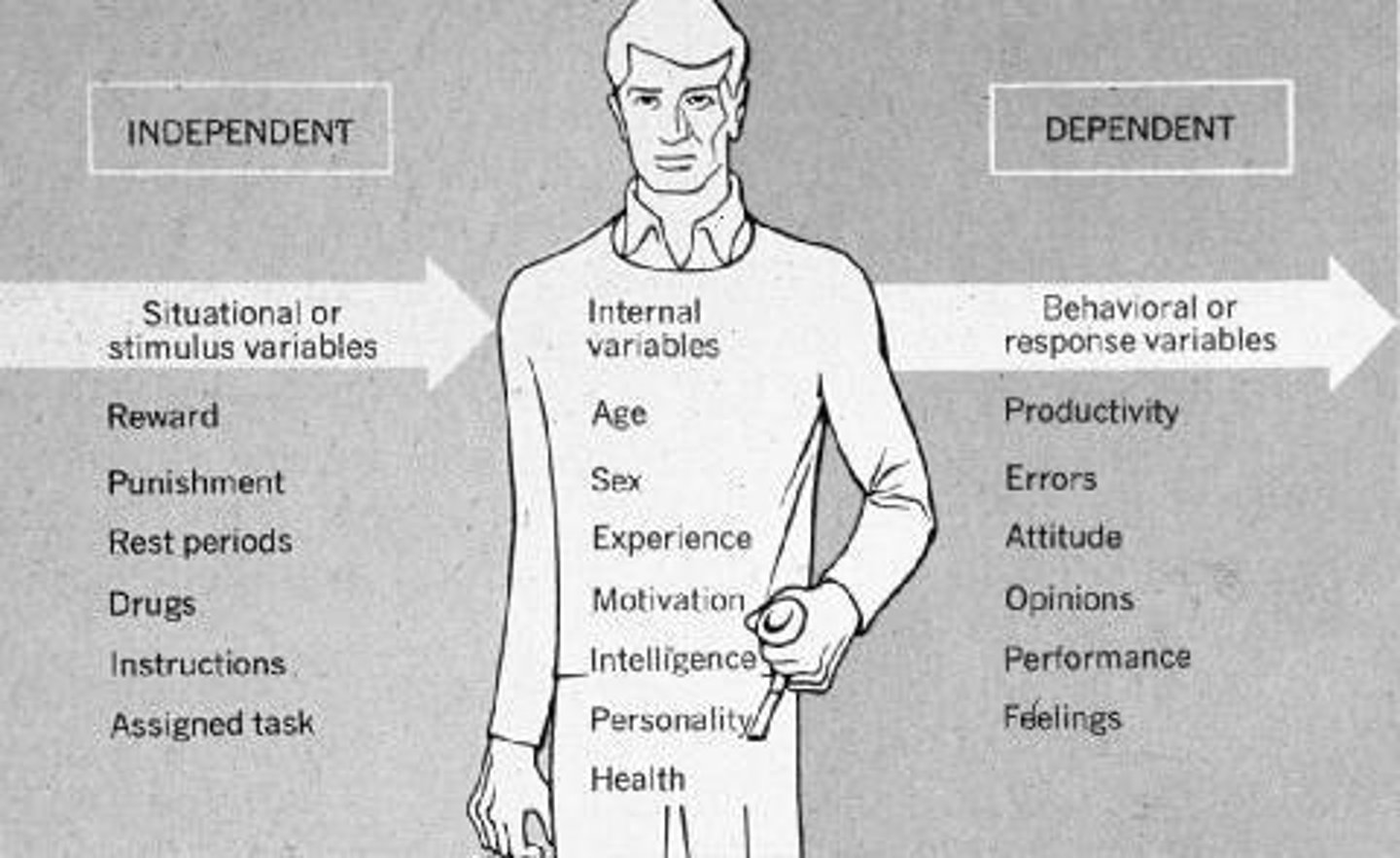
Confounding Variable
A factor other than the independent variable that might produce an effect in an experiment.
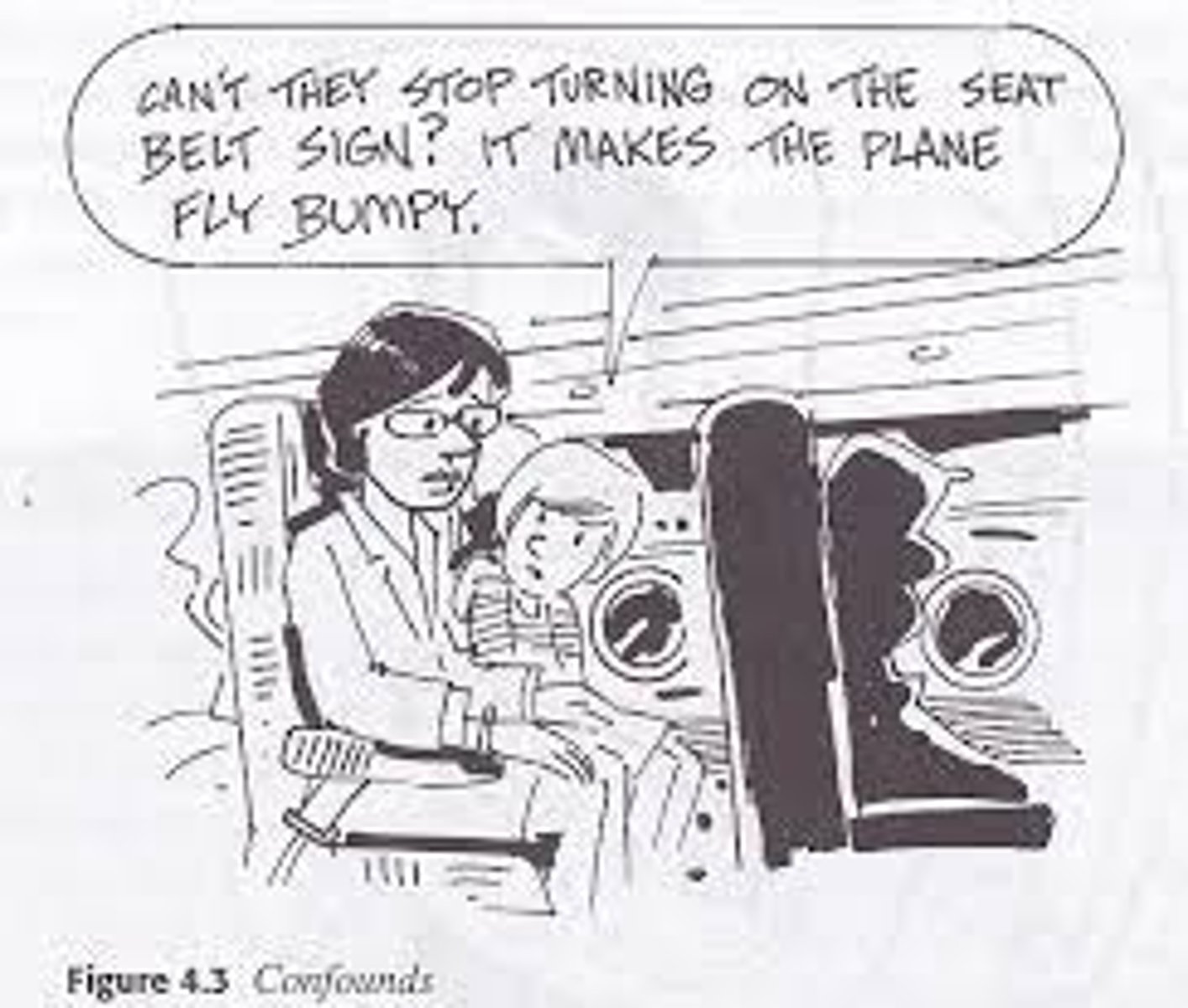
Dependent Variable
The outcome factor; the variable that may change in response to manipulations of the independent variable.
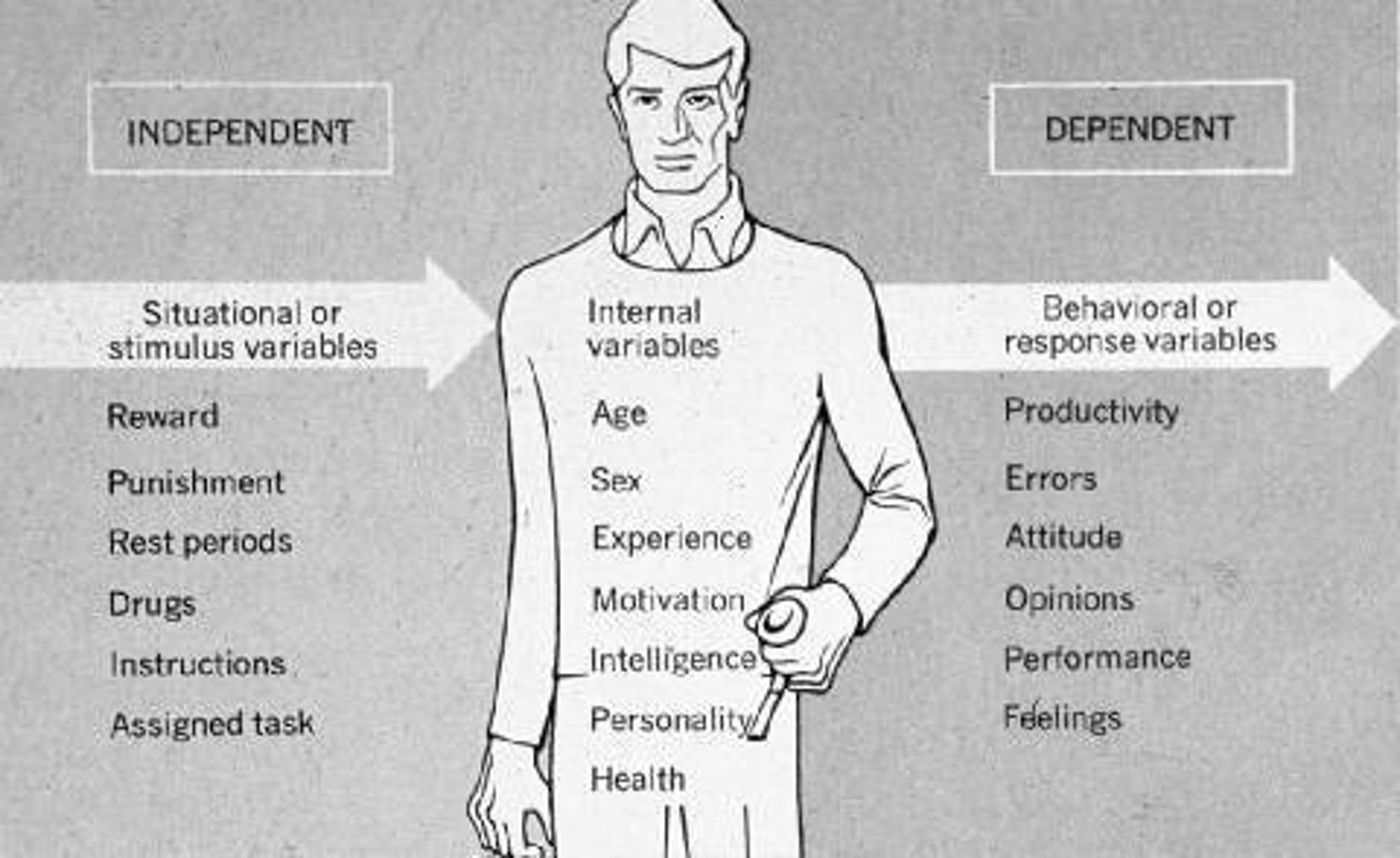
Mode
The most frequently occurring score(s) in a distribution.
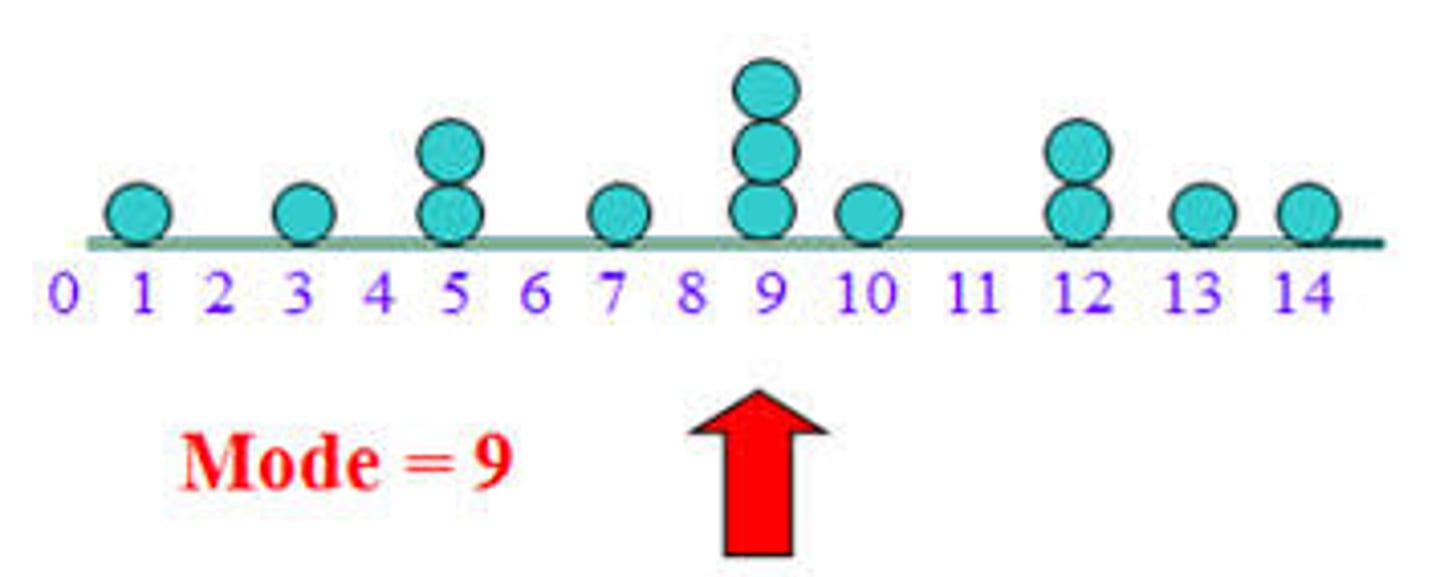
Mean
The arithmetic average of a distribution, obtained by adding the scores and then dividing by the number of scores.
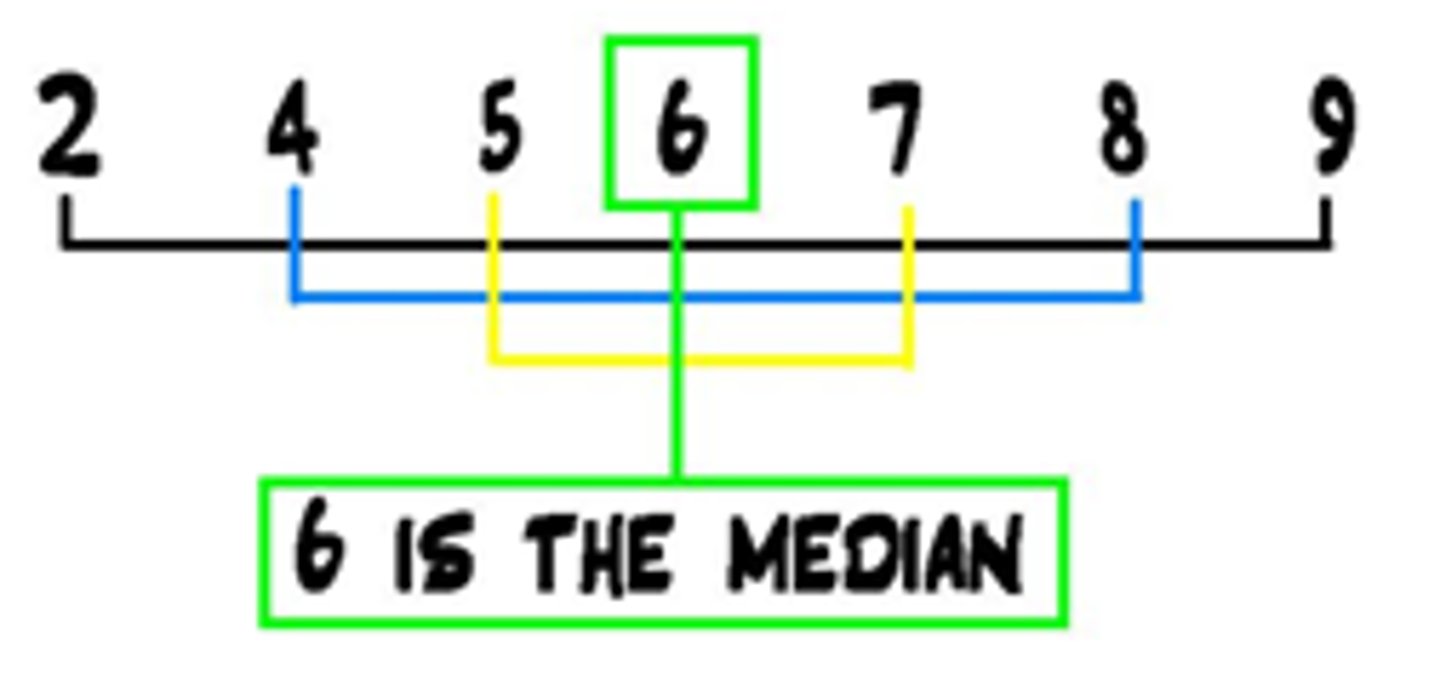
Median
The middle score in a distribution; half the scores are above it and half are below it.
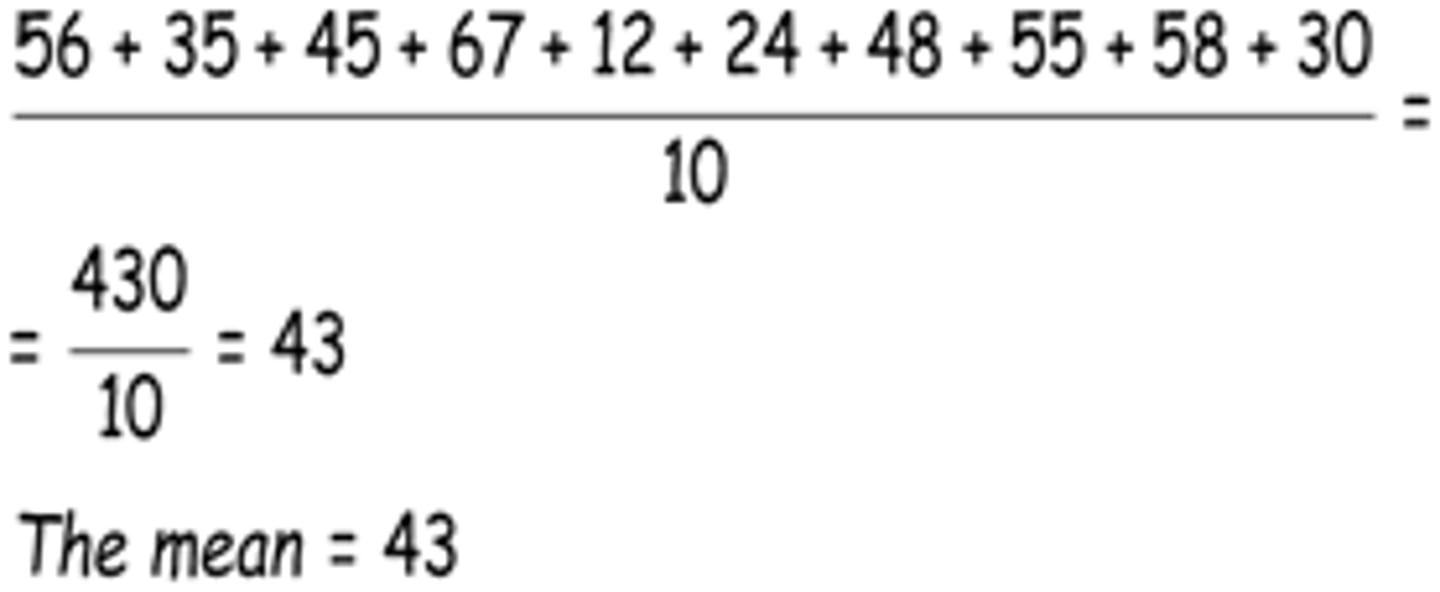
Range
The difference between the highest and lowest scores in a distribution.
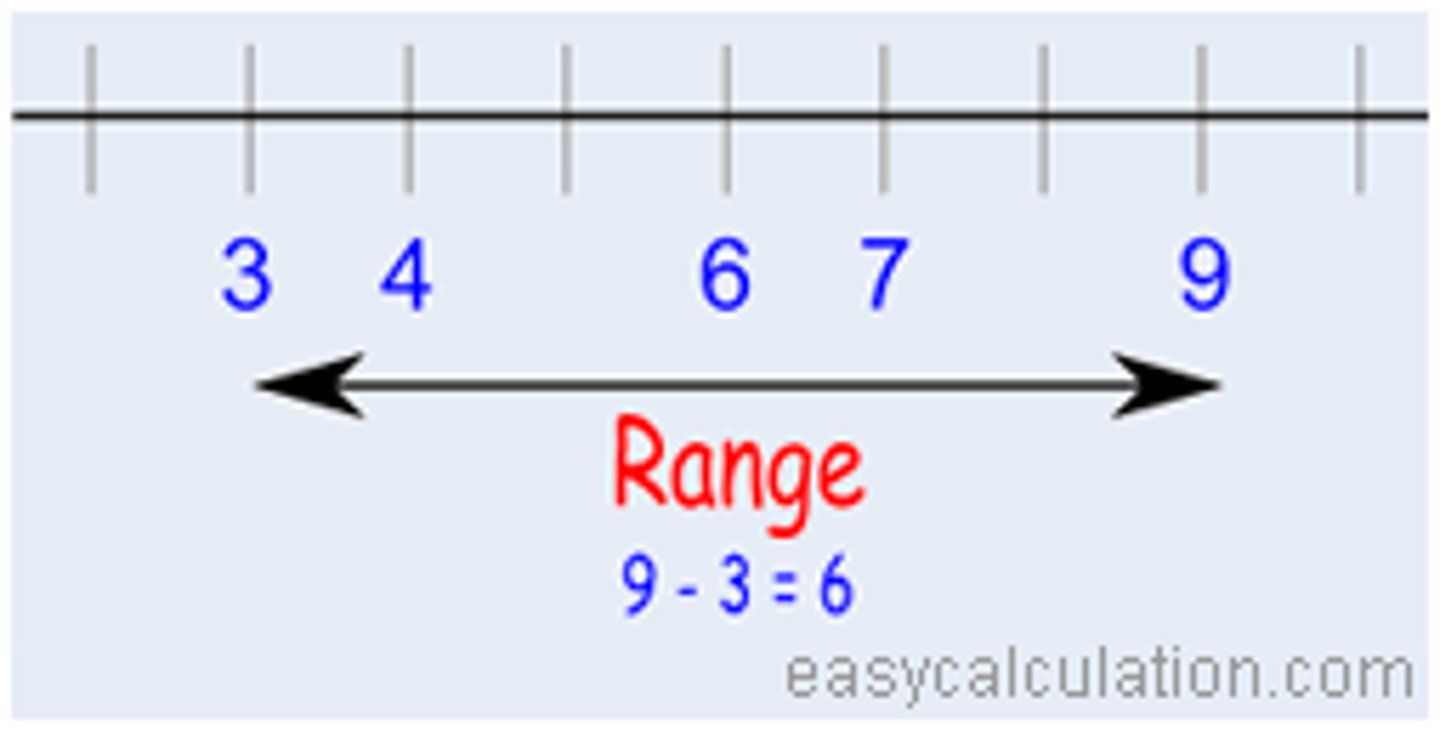
Standard Deviation
A computed measure of how much scores vary around the mean score.
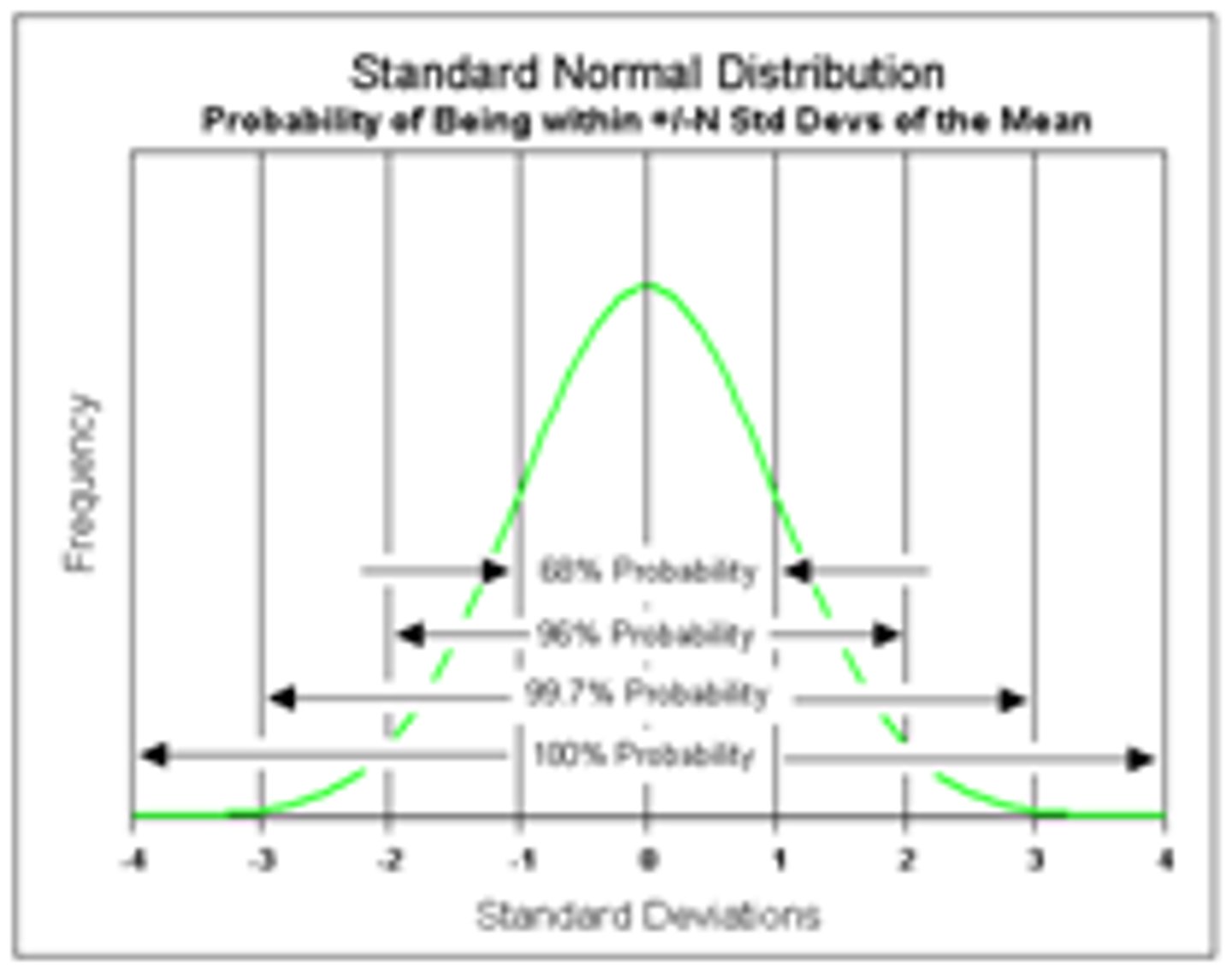
Normal Curve
A symmetrical, bell-shape that describes the distribution of many types of data; most scores fall near the mean (68 percent fall within one standard deviation of it) and fewer and fewer near the extremes.
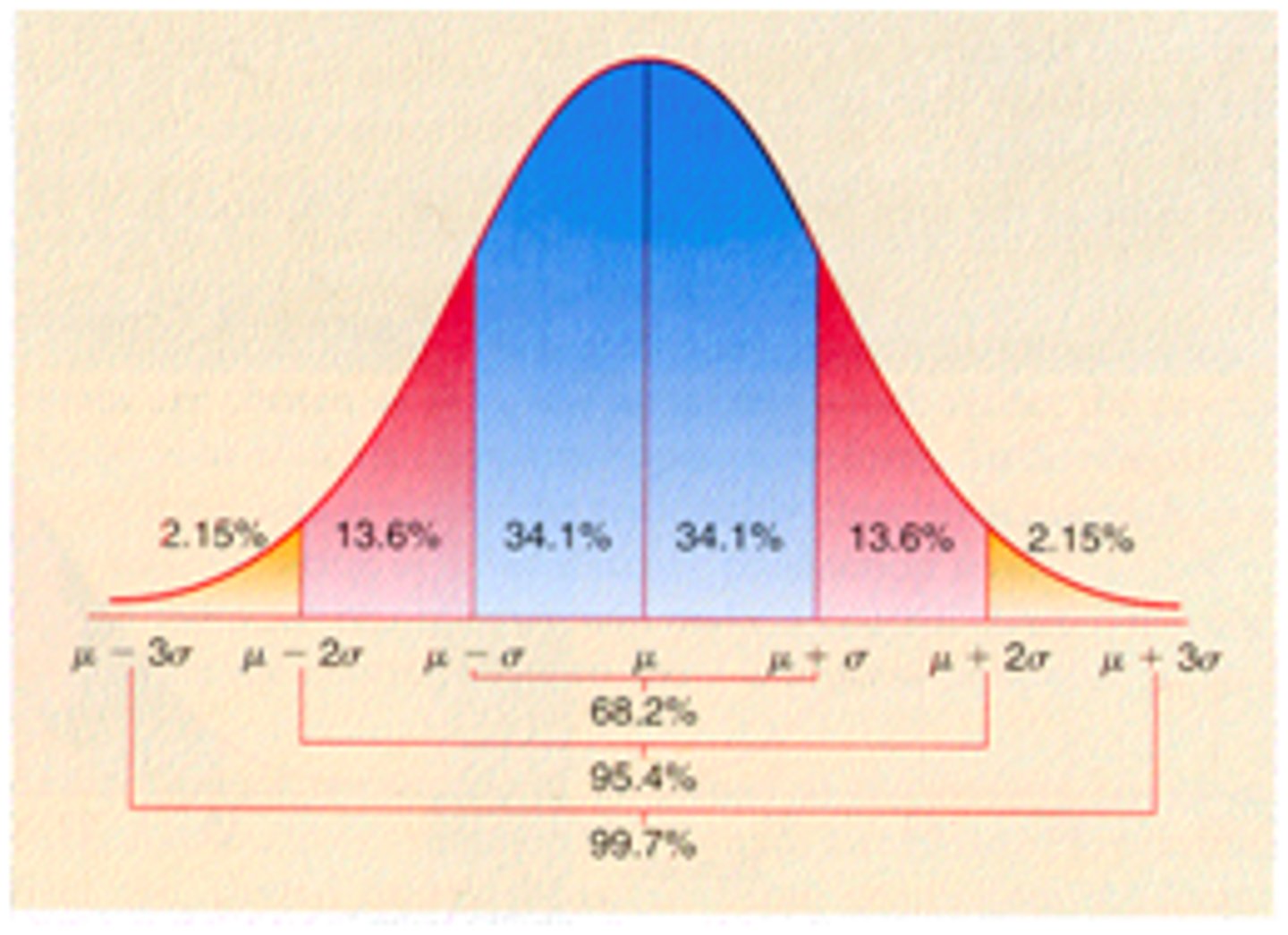
Statistical Significance
A statistical statement of how likely it is that an obtained result occurred by chance.
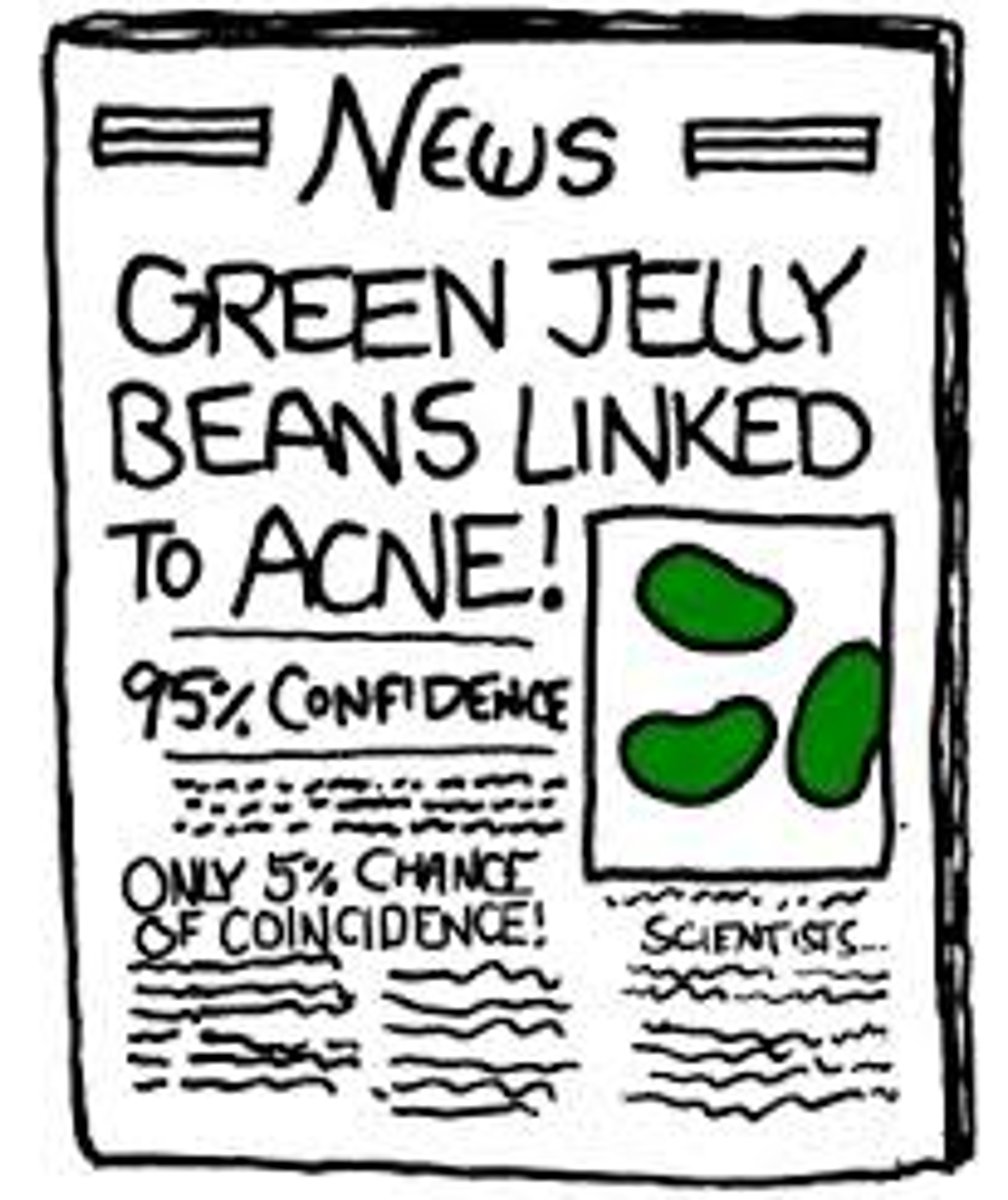
Culture
The enduring behaviors, ideas, attitudes, values and traditions shared by a group of people and transmitted from one generation to the next.

Informed Consent
An ethical principle that research participants be told enough to enable them to choose whether they wish to participate.
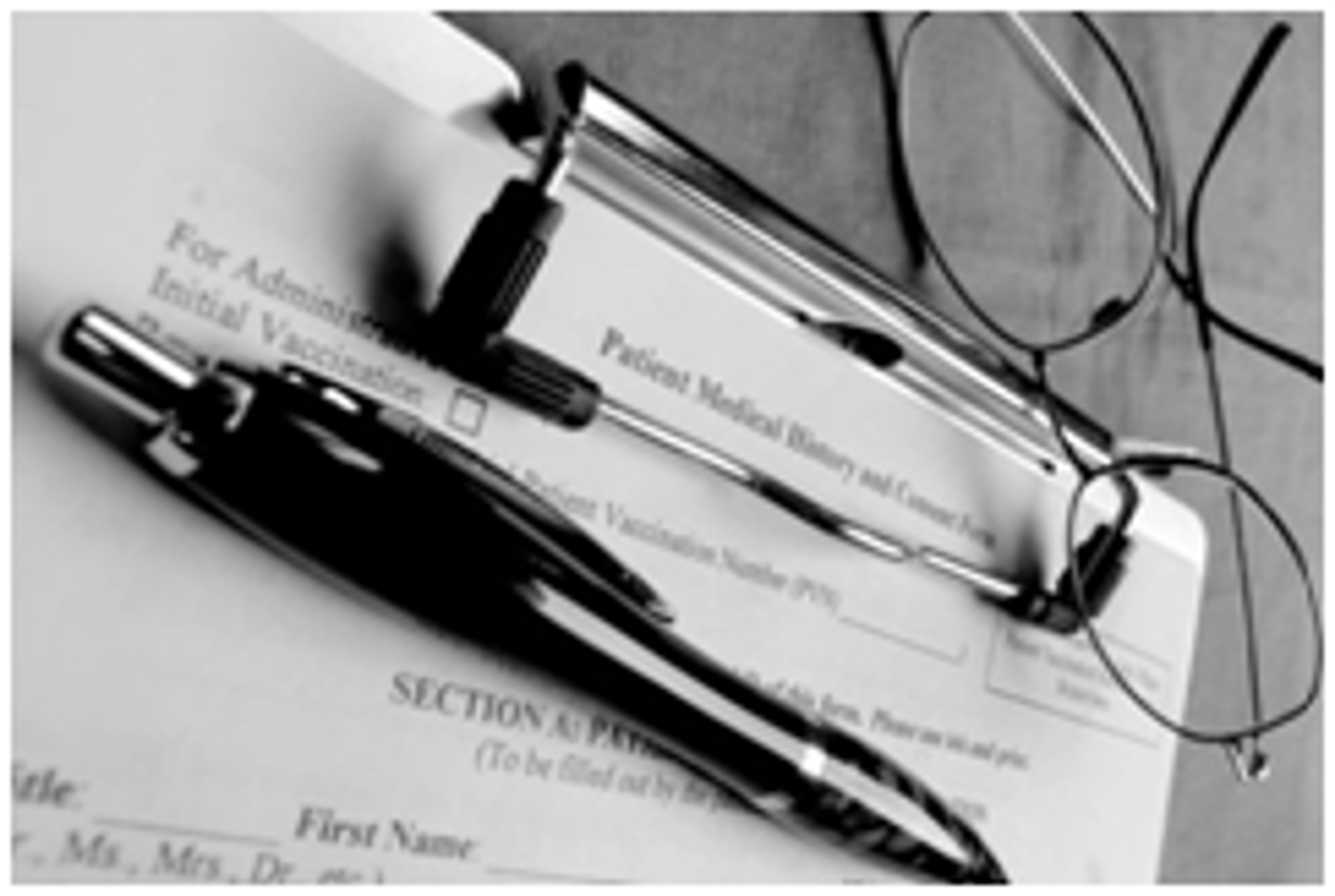
Debriefing
The post-experimental explanation of a study, including its purpose and any deceptions, to its participants.
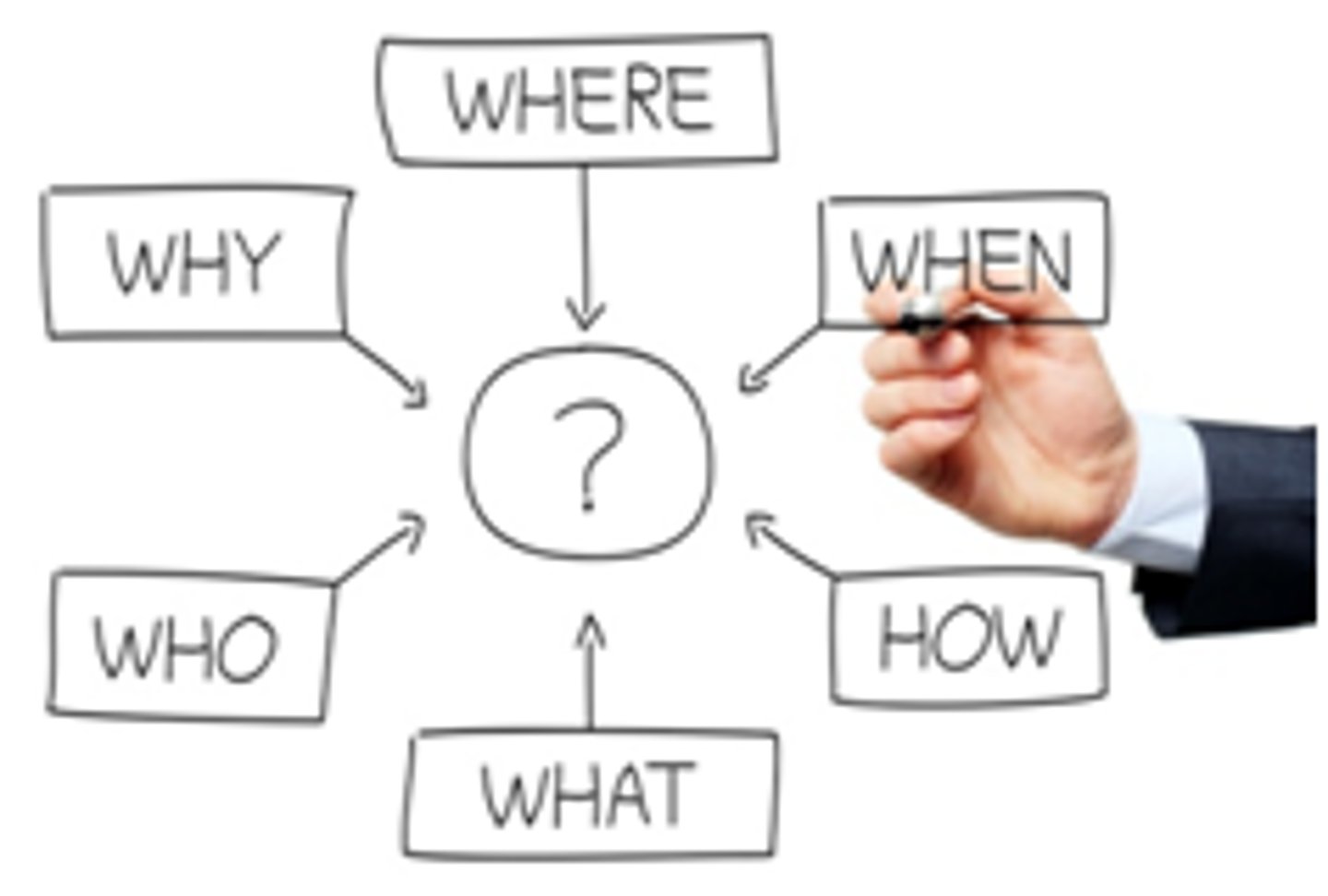
positive correlation
A correlation where as one variable increases, the other also increases, or as one decreases so does the other. Both variables move in the same direction.
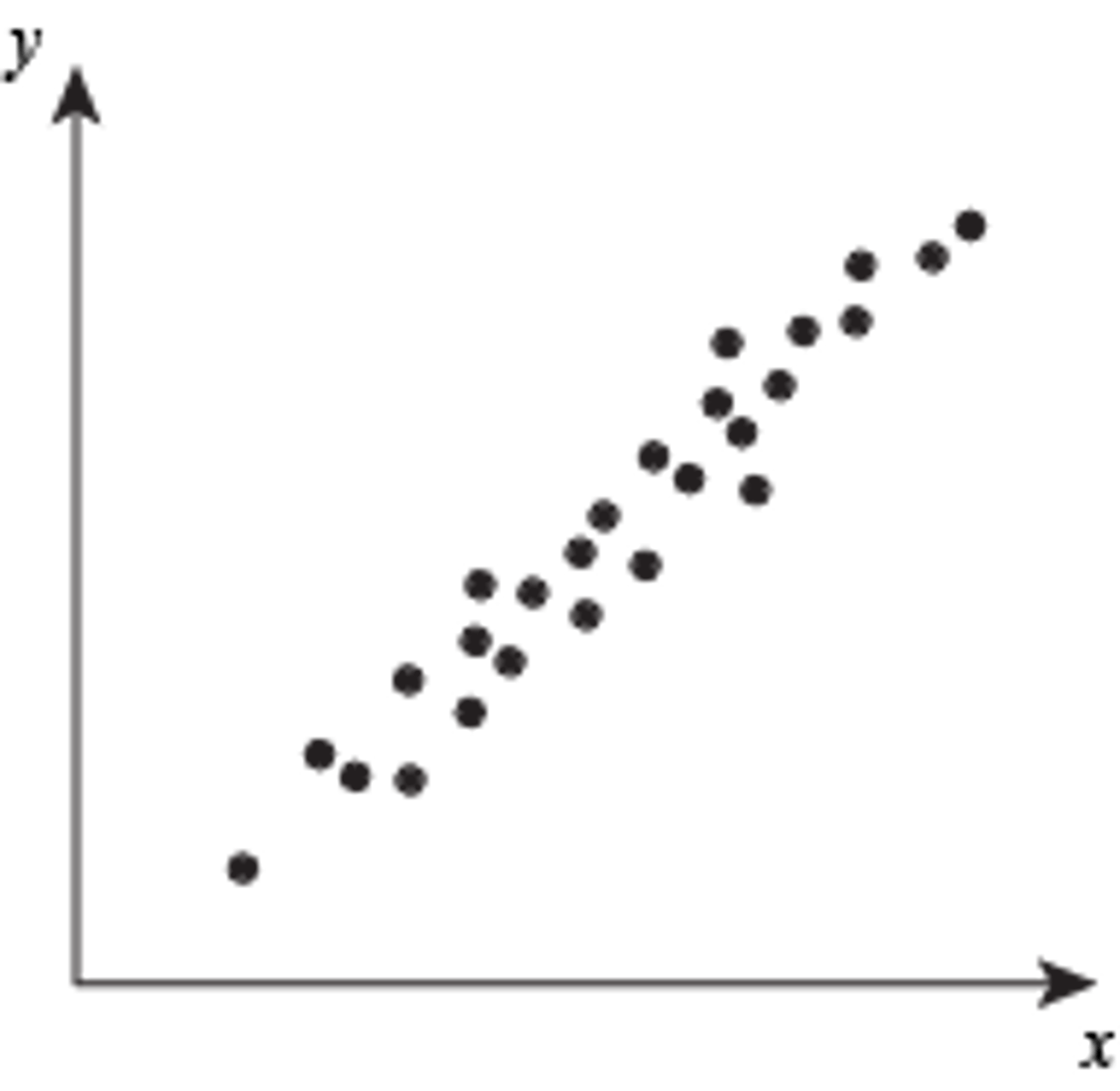
negative correlation
the relationship between two variables in which one variable increases as the other variable decreases
